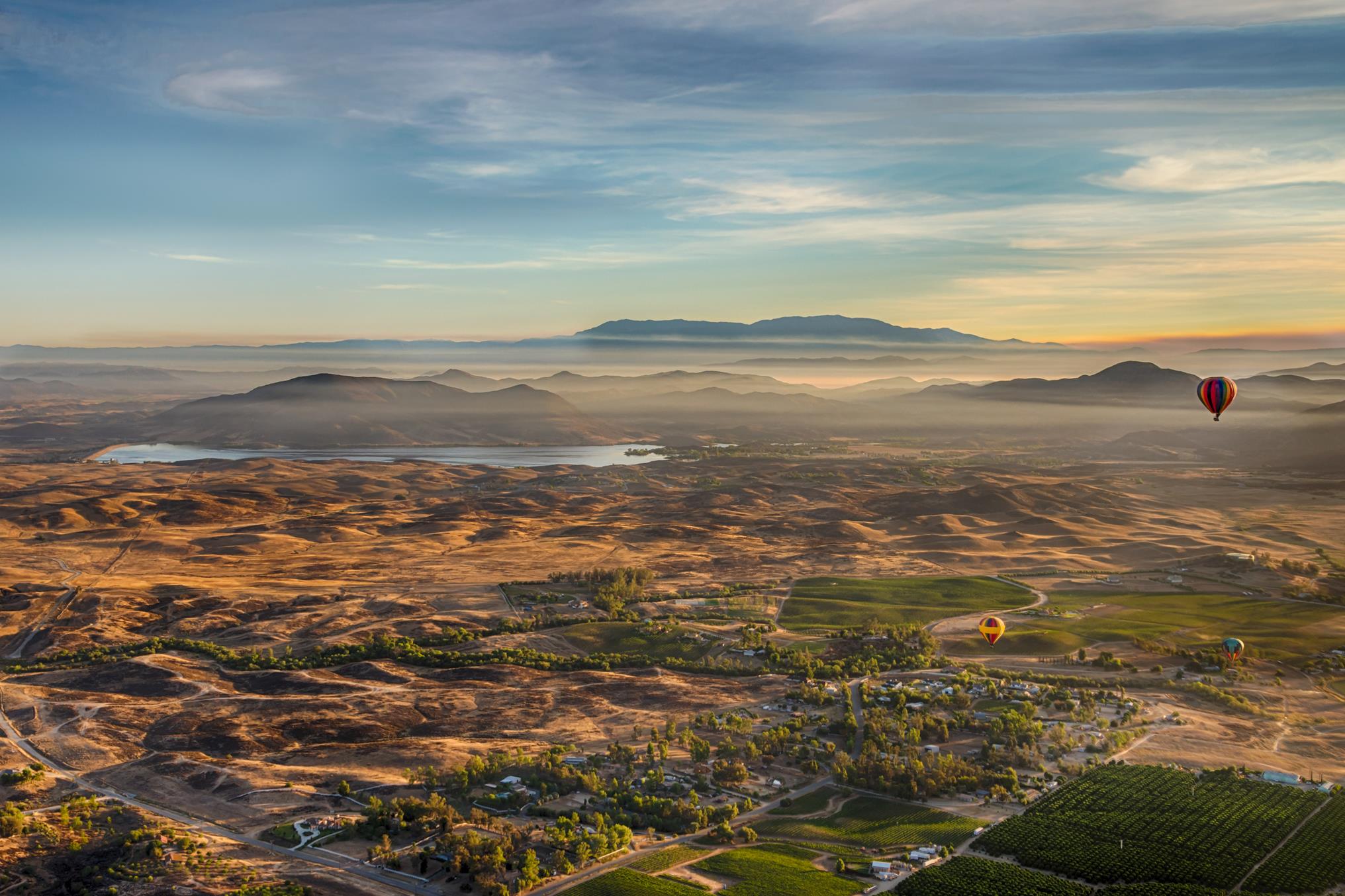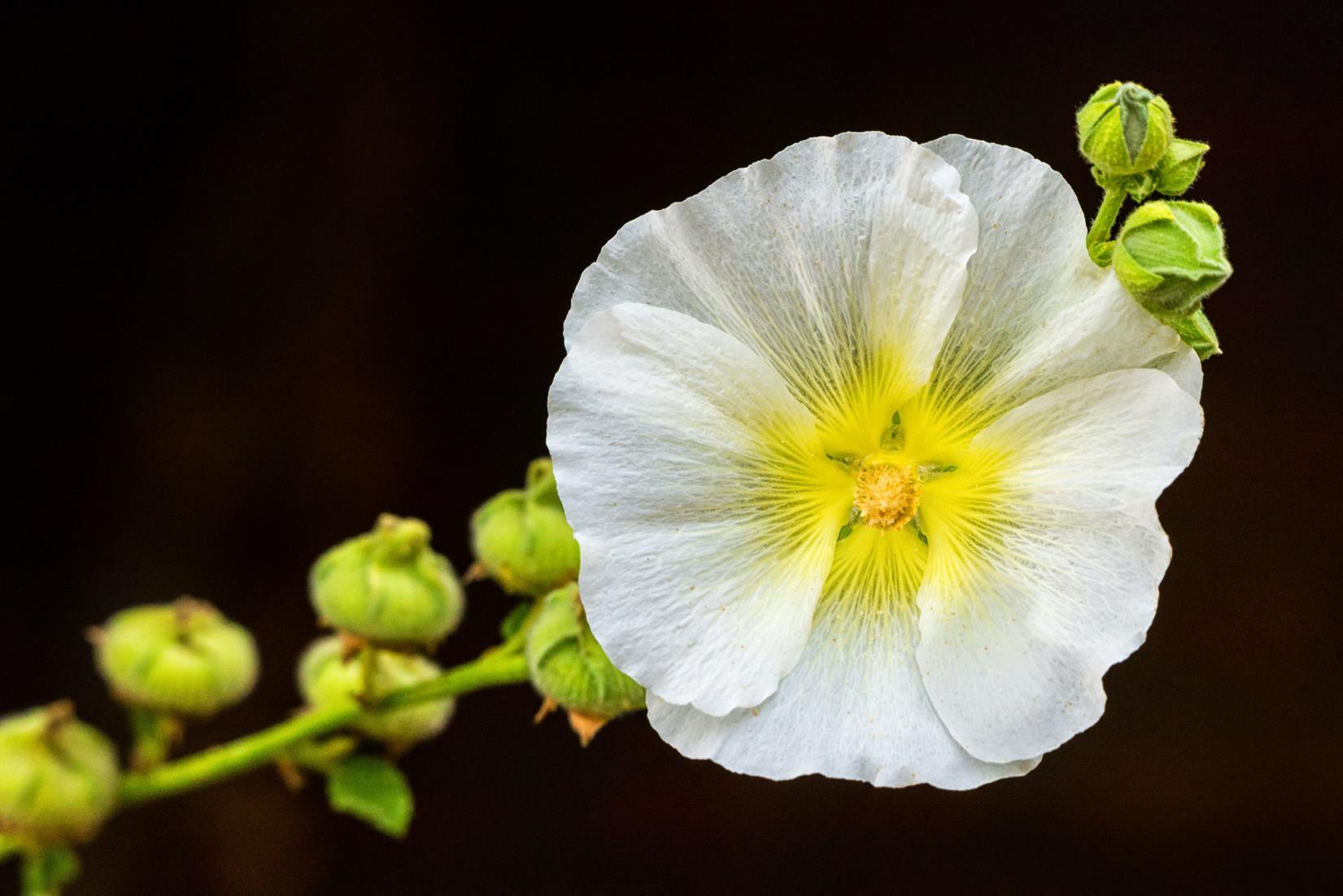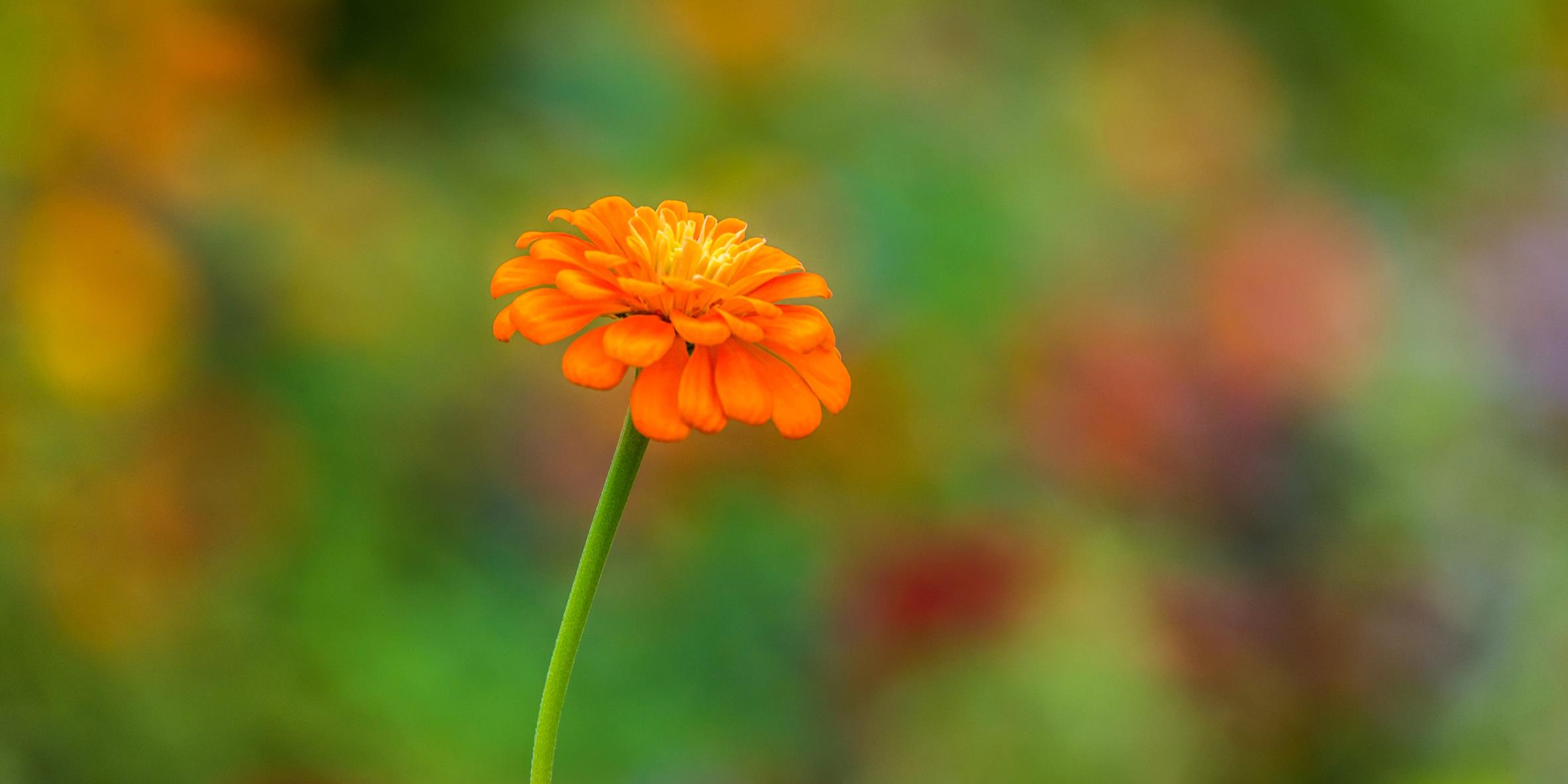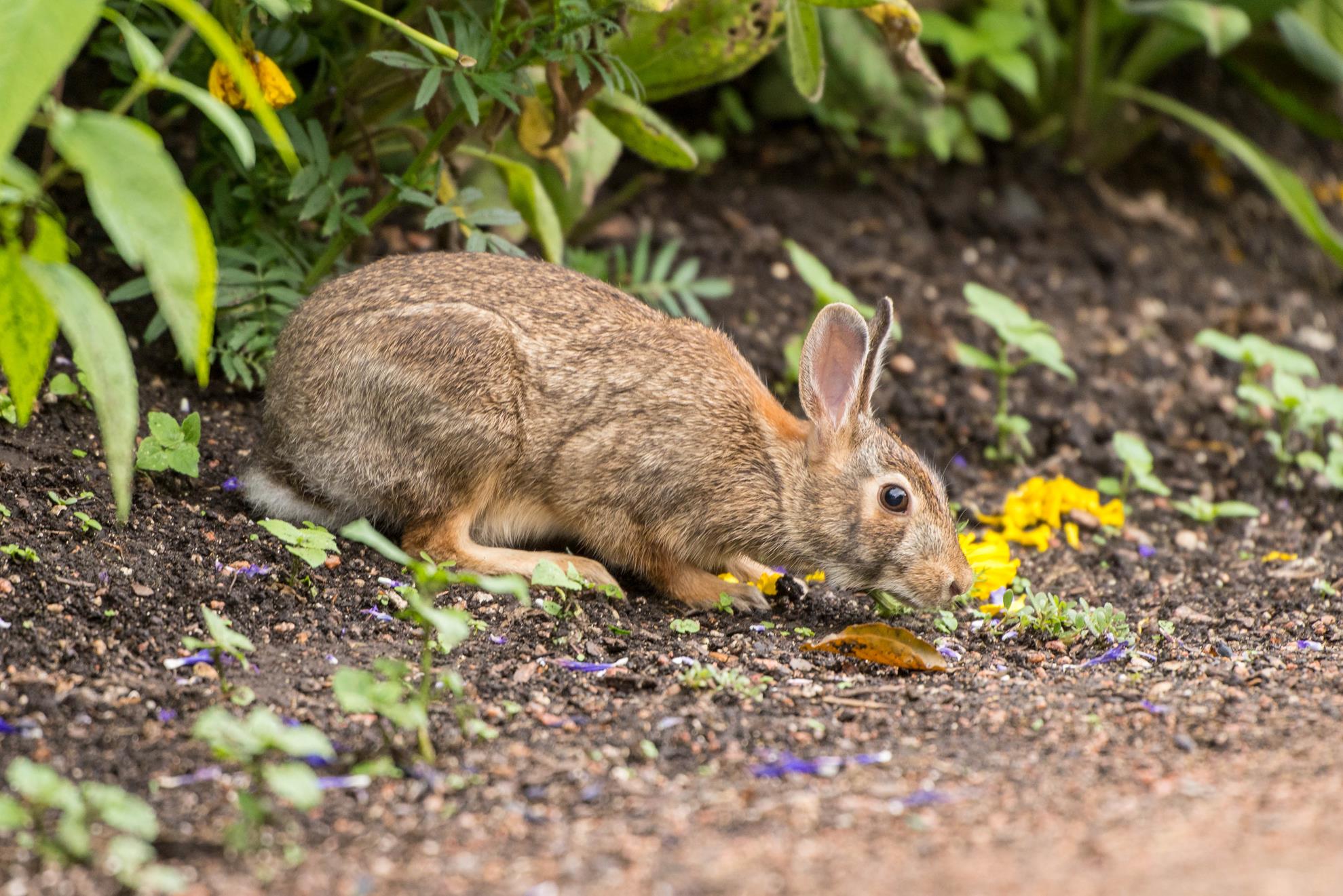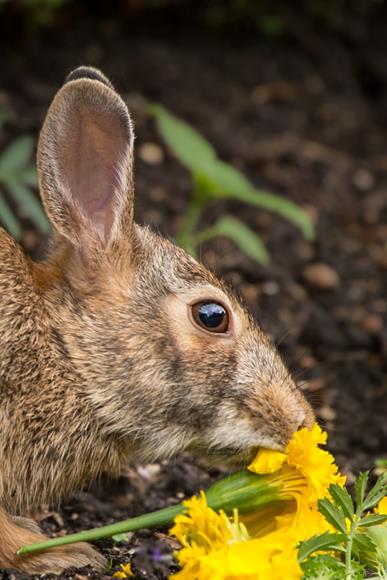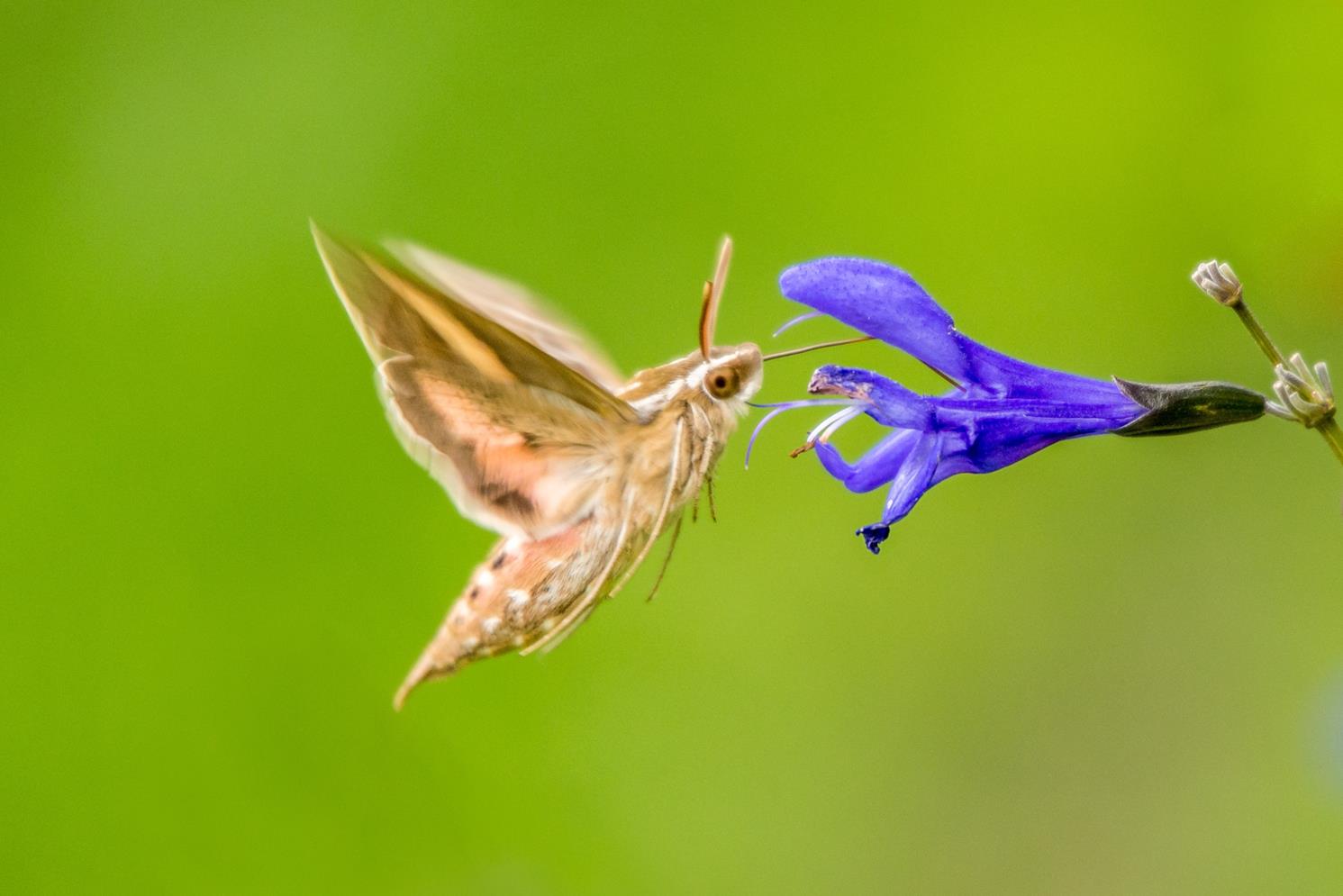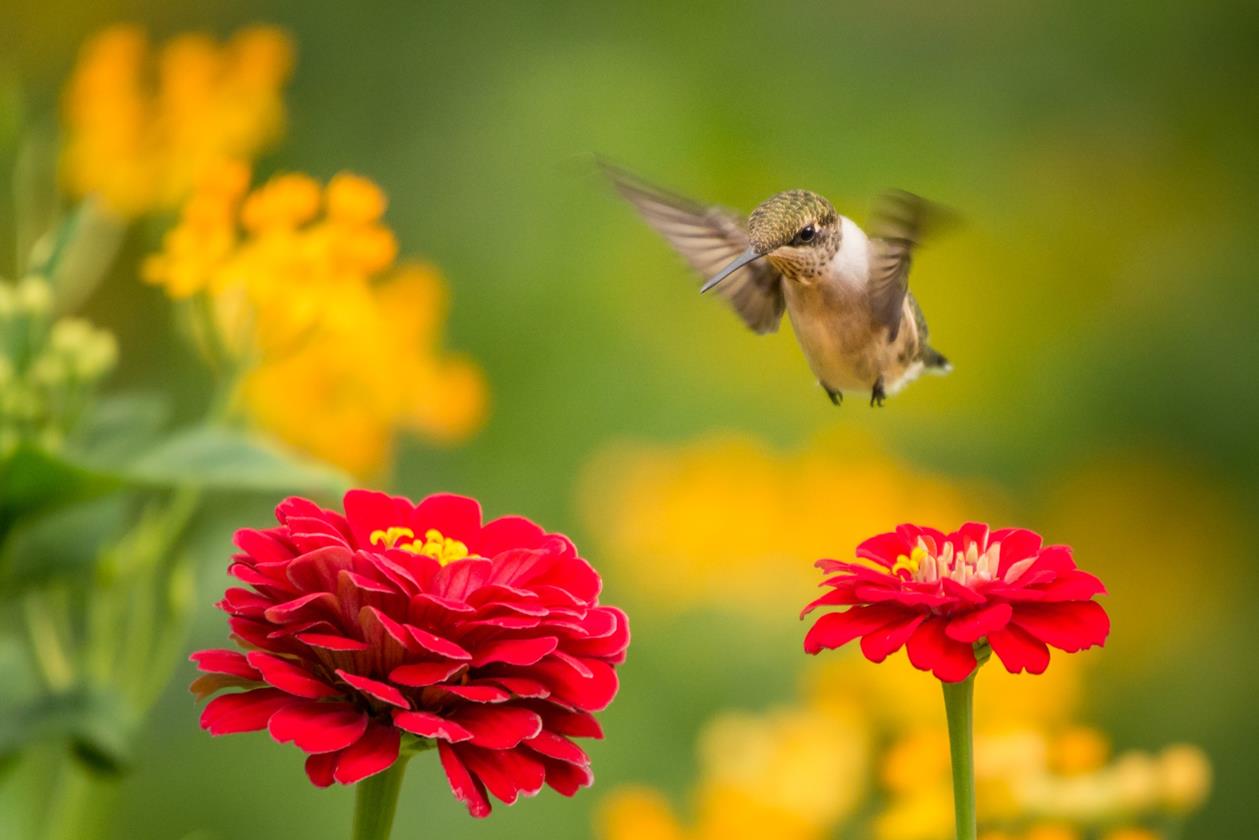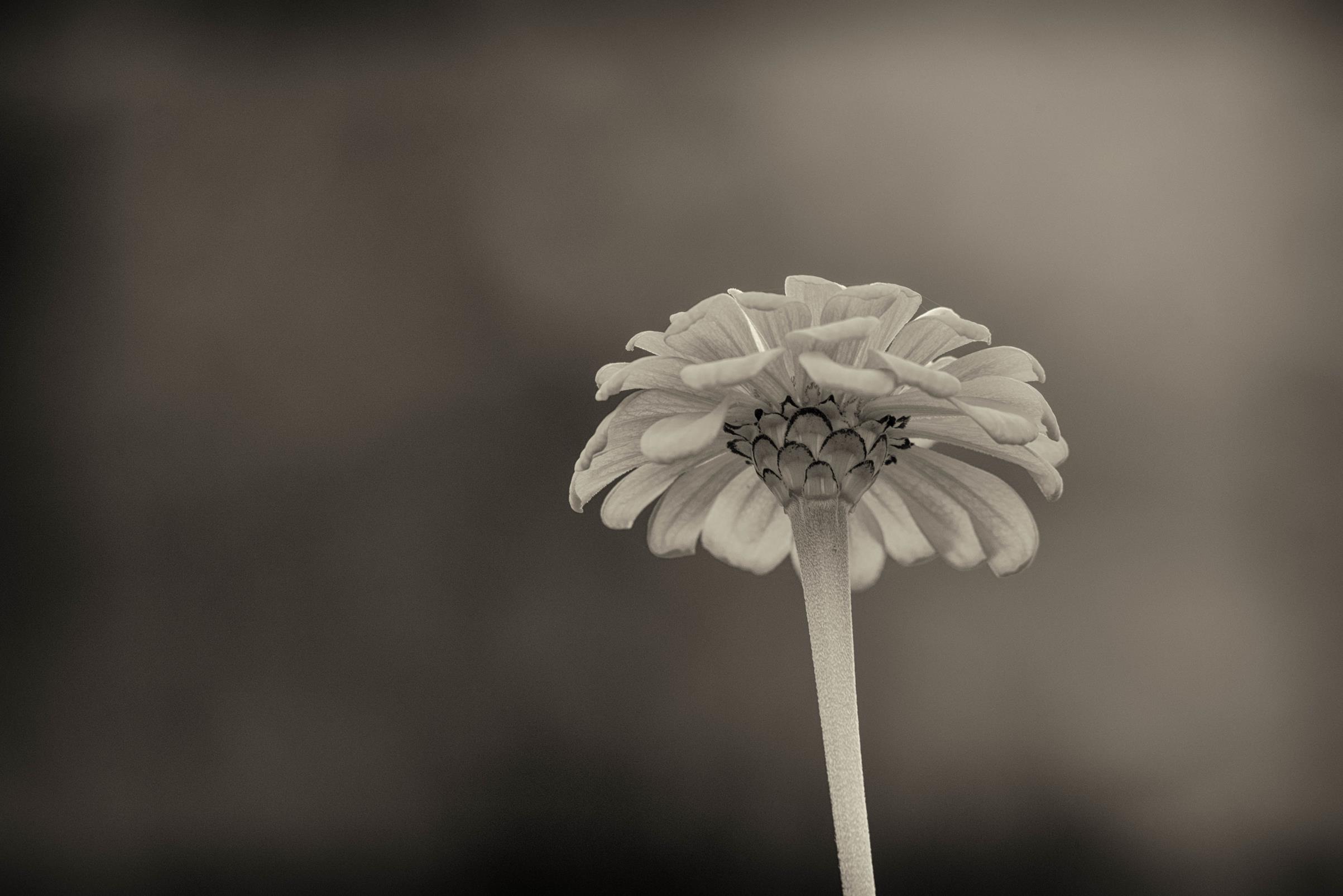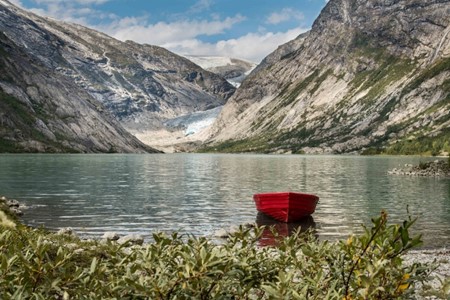 It has been several years since I published a “most significant” list. I don’t get to do this very often simply because of busyness at the time of the holidays and early in a new year as well. But I really do like the idea of doing a review of pictures from the past year. It is great to reflect on the moments represented by the pictures. And taking a step back and looking at the pictures again after some time, provides a different perspective from the first impressions when the picture was fresh. Quite frankly, there are pictures that no longer matter or make my favorites list a few months later.
It has been several years since I published a “most significant” list. I don’t get to do this very often simply because of busyness at the time of the holidays and early in a new year as well. But I really do like the idea of doing a review of pictures from the past year. It is great to reflect on the moments represented by the pictures. And taking a step back and looking at the pictures again after some time, provides a different perspective from the first impressions when the picture was fresh. Quite frankly, there are pictures that no longer matter or make my favorites list a few months later.
I have had fun doing this review, although it has been agonizing trying to make my final picks. And hopefully, by sharing these, you get some enjoyment from these images too.
Three categories
I have divided my pictures into three categories. People, wildlife and landscapes.
Some of you know that I consider photographing people to be an enormous challenge. I am in awe of portrait photographers that take wonderful pictures of your families, famous people and random strangers. This does not come naturally to me and the three pictures I include in this category just represent the fun I have had photographing my grandsons.
In previous years, wildlife shots have dominated my photography. Although I love shooting wildlife, and had an opportunity to photograph elk, bear, deer and a wide variety of birds – from eagles to bluebirds – only two very common wildlife shots made the cut in 2018.
Landscapes are my real passion, and this year I was blessed with the opportunity to shoot a wonderful and diverse set of scenes in a wide variety of spectacularly beautiful places. While on a trip, I dropped a lens and damaged its ability to focus resulting in many disappointing shots. Despite this, as a result of so many opportunities, my “short list” ended up being very long. I eventually culled this list down to 38 pictures. 28 of these are shown here and my top 10 picks I will save for tomorrow’s blog post. Watch this space!
People
My three pictures in this category are all family. I picked these ones because the subjects are special to me and the I have tried with these pictures, in some small measure, to capture their personalities.
Bookworms
This picture captures the love of books that both these guys have along with some real emotions. Nico is obviously enjoying the antics going on behind the camera, and Christo, who had been crying, is trying to decide whether he is ready to join in the fun.
 Nikon D850 Nikkor 24-120mm f/6.3 ISO-4000 (no flash) 1/320 sec.
Nikon D850 Nikkor 24-120mm f/6.3 ISO-4000 (no flash) 1/320 sec.
Nonchalant
Our grandson, Nicholas, is all of 3½ years old. Somewhere along the line he went from being a toddler to being all boy. Taken at the Chicago Botanical Gardens after their Christmas decorations were put up, he managed to strike this completely nonchalant look.
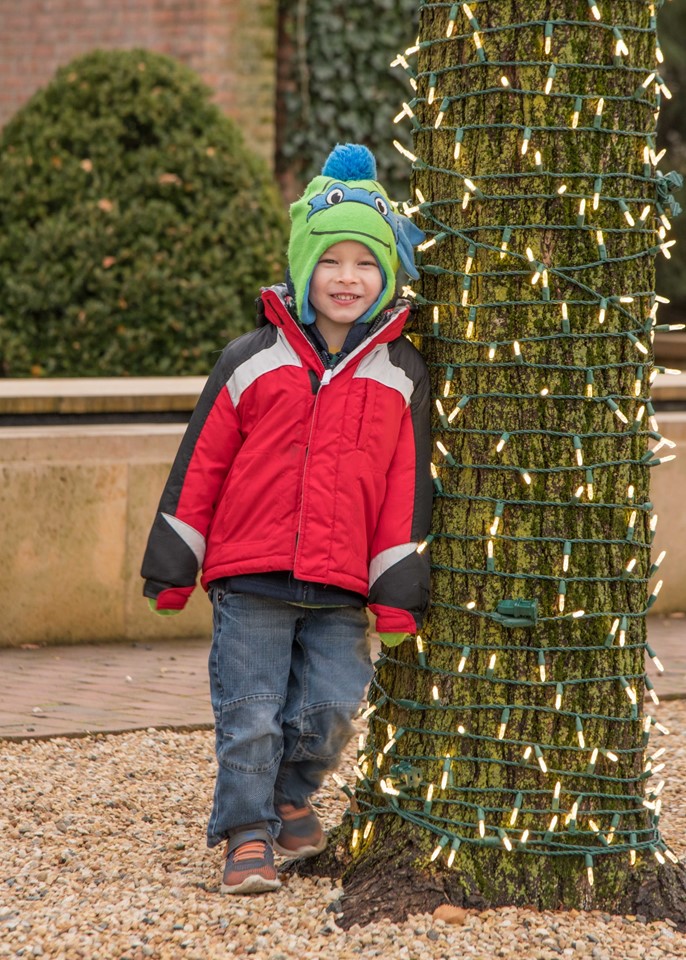
Nikon D850 Nikkor 24-120mm f/6.3 ISO-500 1/80 sec.
The wonder
Christopher is nearly two, and life is all about discovery and imitation. And there is so much to discover, especially at Christmastime. This is a precious moment captured. As his Mom tells him to peak around the tree and look at Gramps, the wonder in his eyes and glow of the lights on his face is just perfect. I had planned to use the framing of lights out of focus in the foreground to frame the scene, and with some luck, they ended up in just the right place.

Nikon D850 Nikkor 24-120mm f/6.3 ISO-500 1/250 sec.
Wildlife
I only have two wildlife pictures in my favorites list this year. Not only is that unusual for me, but both pictures are quite mundane – a cardinal and a chipmunk. Despite the opportunity to see grizzly bears and bald eagles, and other exotic wildlife sightings up close, it is good to remember that so often the close-to-home and the common that can be memorable.
Posing in Banff
On the shores of Lake Minnewanka in Banff National Park, Canada, with its blue/green waters seen in the background, this chipmunk calmly posed for this picture. He allowed a really great close-up. This shot is memorable (unfortunately), because a couple of hours later I dropped the lens used for this shot onto the hard ground of a parking lot. It was never the same afterwards and this is the last sharp picture I got using it.
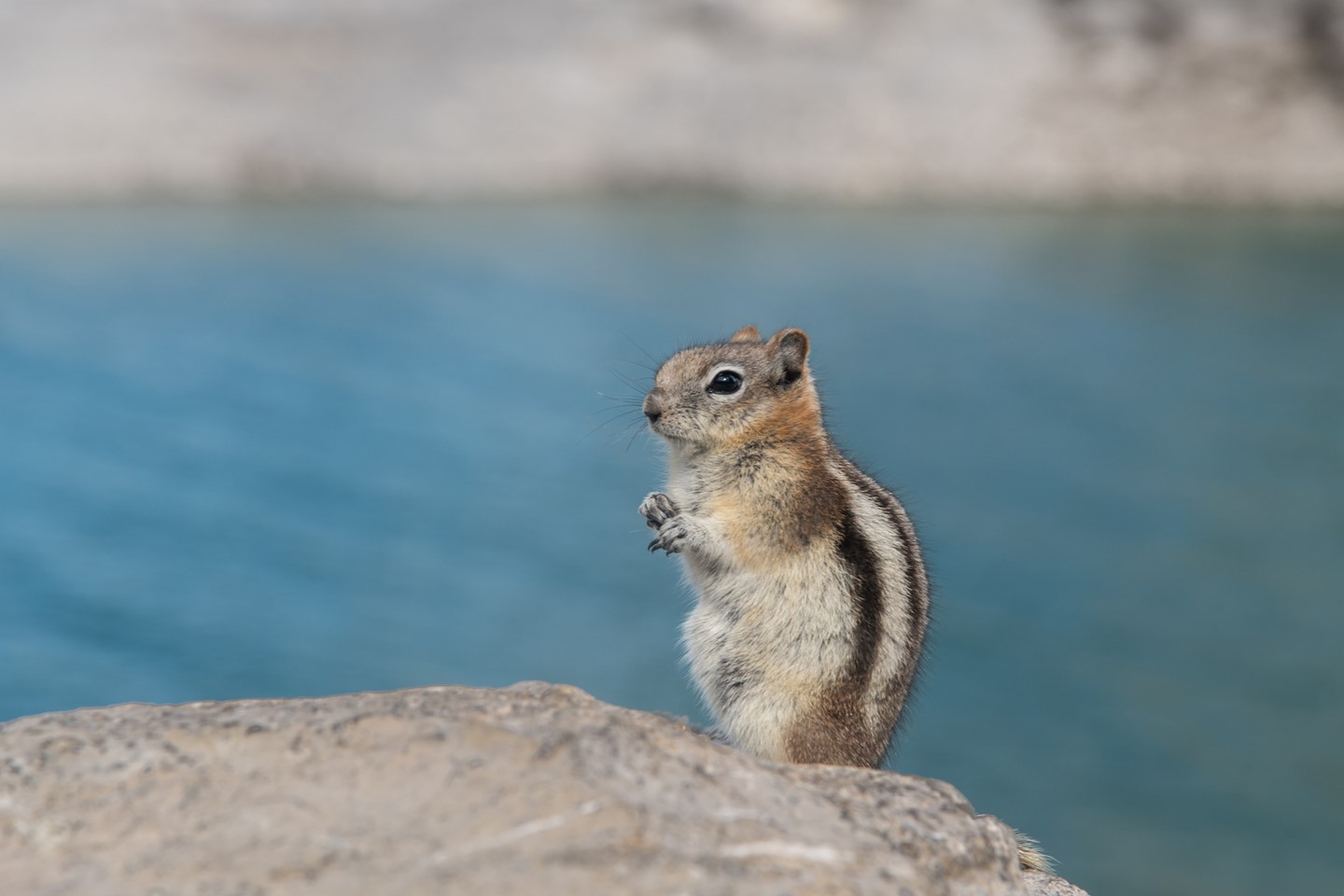
Nikon D850 Nikkor 24-120mm f/7.1 ISO-125 1/125 sec.
Winter beauty
On cold and snowy winter’s day, this female northern cardinal perched in the lilac bush in our back yard. The contrast of its beautiful but subtle colors, not as vibrant as its mate, with the pure white snow, makes this very simple shot a favorite of mine.

Nikon D850 Nikkor 80-400mm f/5.6 ISO-1600 1/2500 sec.
Landscapes
My goal was to pick my top ten landscape shots. This was harder than I thought. I had 38 images that were very significant to me, either because of the memories they evoked, the beauty of the scene or because photographically and compositionally I felt they stood out.
Below are the first 28 of these pictures. I am sorry in advance – that is a lot to work through, so skim through, or even skip them if you want – I will never know ;-).
I decided to put these pictures in chronological order as I had no particular reason to rank them in any other sequence.
And tomorrow I will share my top ten.
Pink and green
If you have been to the Badlands in South Dakota, I am sure that you have been blown away by the sheer scale of the landscape. At times you wonder if you somehow just landed on the surface of the moon. Depending on the time of day, you will see vibrant colors – yellows, purples, frequently shades of red and pink – in the rocks and hillsides. The contrast with the green of the grass is quite lovely.
I was struck by the leading lines of the ridge in front of the camera, leading to another ridge and in turn leading to circles that keep your eyes in the frame. This picture may have made it to one of my top picks if I had had the presence of mind to include a person in the picture. These hills are massive, maybe the equivalent of 15-20 stories high, but without a reference object, such as a person, it is hard to get a feel for the sheer scale of these ridges and slopes.

Nikon D850 Nikkor 24-120mm f/11 ISO-400 1/200 sec.
Swiftcurrent
In the Many Glacier side of Glacier National Park, the Swiftcurrent creek flows out of Swiftcurrent Lake via the dramatic Swiftcurrent Falls. This more serene spot is where the creek flows into Sherburne Lake. Moose graze here, and the surrounding hills join the scene to make this a beautiful viewpoint.
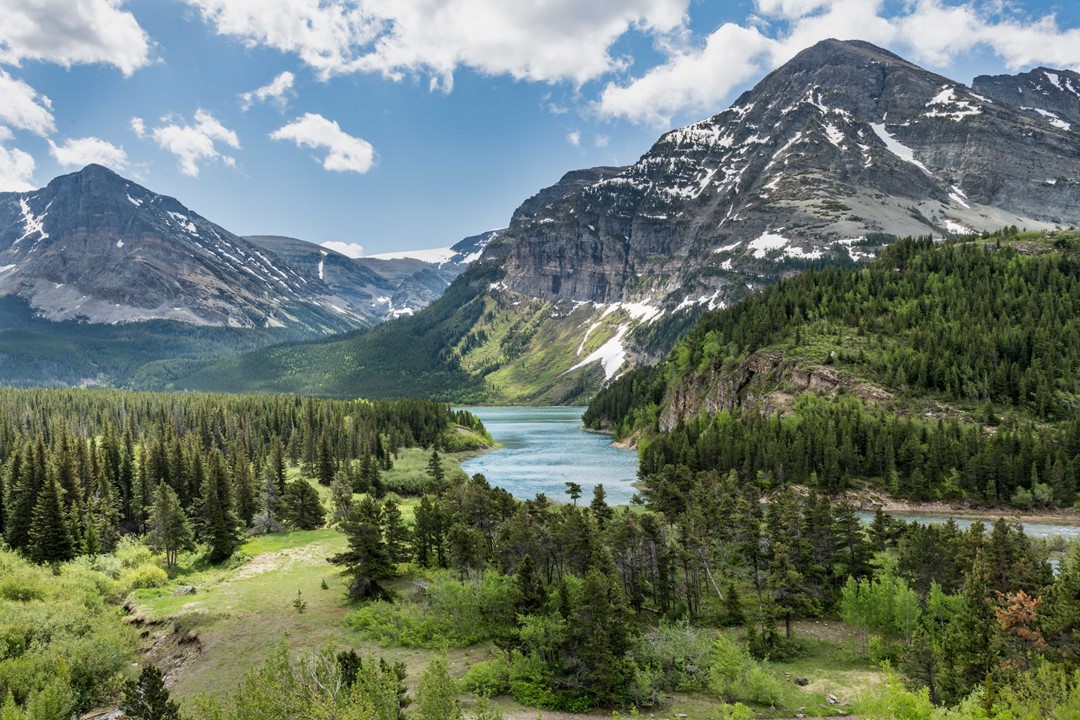
Nikon D850 Nikkor 24-120mm f/14 ISO-64 1/80 sec.
Flow
Maybe this stream, also in Glacier National Park, should be also be called Swiftcurrent, like the previous one. In fact, in this picture my goal was to capture the swift flow of this little river, Baring Creek as it flows from Baring Falls. The beautiful colored rocks below the surface just add to the mood of this little valley. I chose 1/8sec as the shutter speed to capture the flow of the water. I found that slower shutter speeds caused the white blur to dominate the picture, taking away from the color in the rocks.
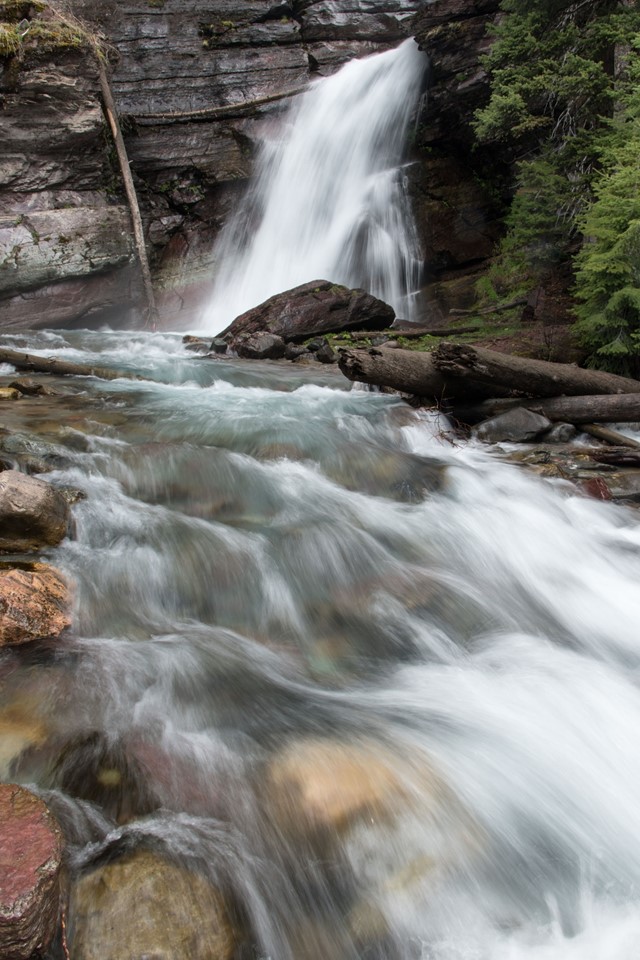
Nikon D850 Nikkor 24-120mm f/14 ISO-64 1/8 sec.
Green river
There are many waterfalls on this river that flows through Johnston Canyon in Banff National Park. Some have names, like Lower Falls and Upper Falls, but many, as far as I know, do not. This spot afforded the opportunity for some evergreen framing of the river, highlighting the stunning natural green color of the river. This location also highlights the curve of the river over multiple little falls, leading the eye into the picture. A slower shutter was essential to show that this was a fast-flowing river.
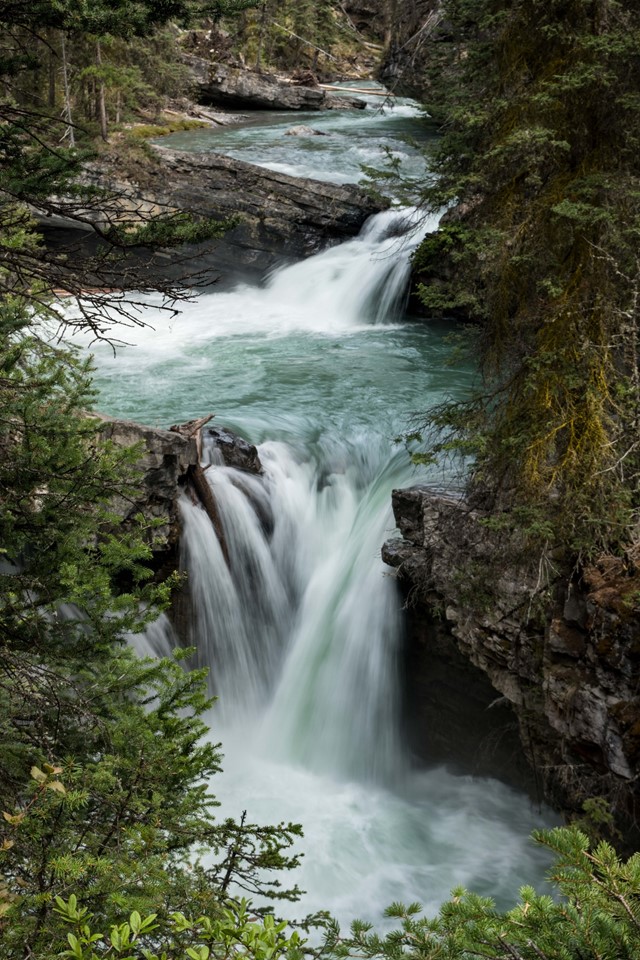
Nikon D850 Nikkor 24-120mm f/16 ISO-64 1/10 sec.
Victoria and Louise
One of the most magical places in the world is Lake Louise. With the magnificent Fairmont Chateau behind you, this is the view across Lake Louise to the Victoria Glacier. The lake was named after the 4th daughter of Queen Victoria, making this location a family affair. It is hard to capture the beauty of this place in a picture. The color of the lake, caused by the high levels of glacial flour (aka rock flour) is striking by itself, but the surrounding forested mountains and the glaciers in the background are impossible to describe in words. It would take many pictures taken over many weeks or months to show the different moods of this place as the light changes.
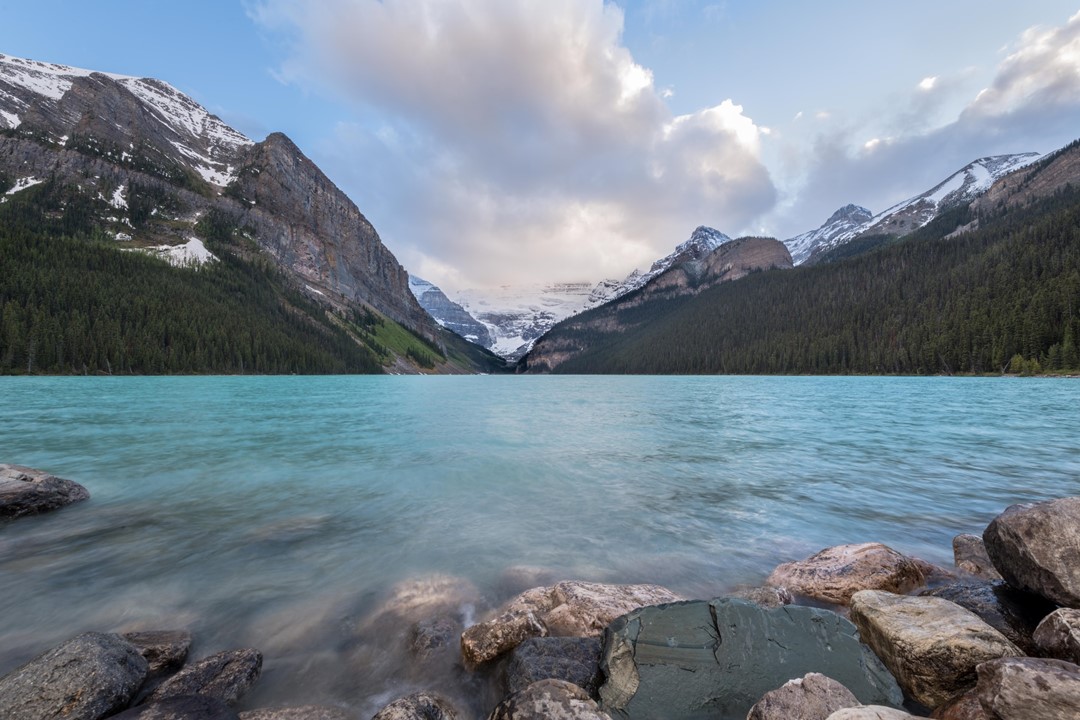
Nikon D850 Nikkor 14-24mm f/16 ISO-64 1/5 sec.
Dawn over Moraine Lake
If the color of Lake Louise is striking, it is hard to overstate the impact the color of Moraine Lake has. Once again, the magic of its hue is caused by the high levels of mineral rich rock flour from glacial runoff. When we first visited here it was raining. This turned to an early summer snowfall and the following morning at dawn, this was the view that awaited. I was hoping for some alpenglow. This appeared ever so briefly, for just an instant, and I was not quick enough to get a good shot. However, I am not disappointed in the cooler colors of this cloudy morning and the fresh snow on the peaks that provide a backdrop to Moraine Lake.
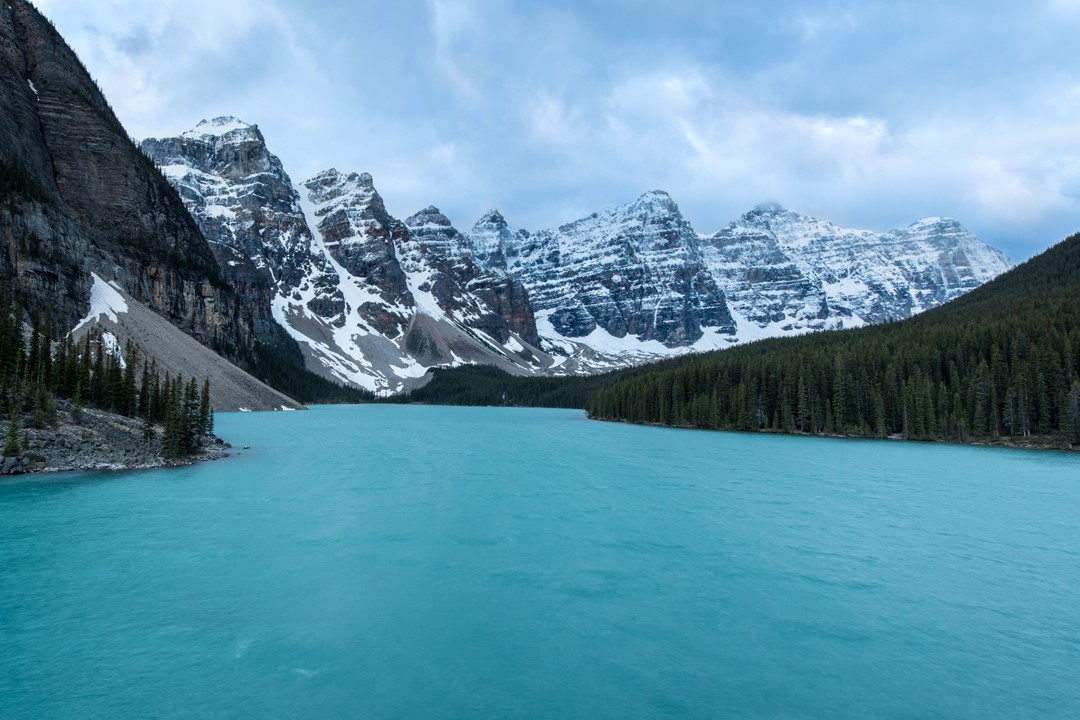
Nikon D850 Nikkor 14-24mm f/16 ISO-64 1.6 sec.
The long and winding road
In this case, my cliched title leads to the mountains of Banff National Park not far from Moraine Lake. There is nothing quite like a winding road to provide a sense of depth to a picture, especially when the Canadian Rocky Mountains provide the backdrop.
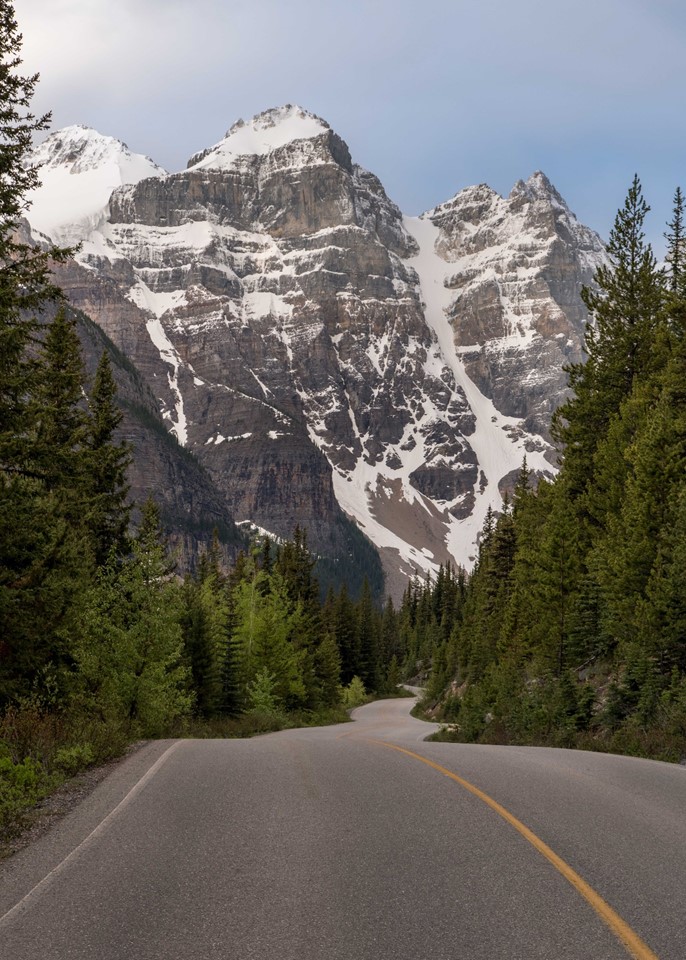
Nikon D850 Nikkor 24-120mm f/10 ISO-400 1/125 sec.
Tuscany in Washington
Those who live in Washington in the area around Spokane, and areas south of there, find it hard to imagine why people would choose to come here and photograph this place. And yet, this is picture almost made my top 10 list. I love the alternating shadows and light that provide such texture to rolling hills of the Palouse near Steptoe Butte. It really does remind one of the landscapes of Tuscany.
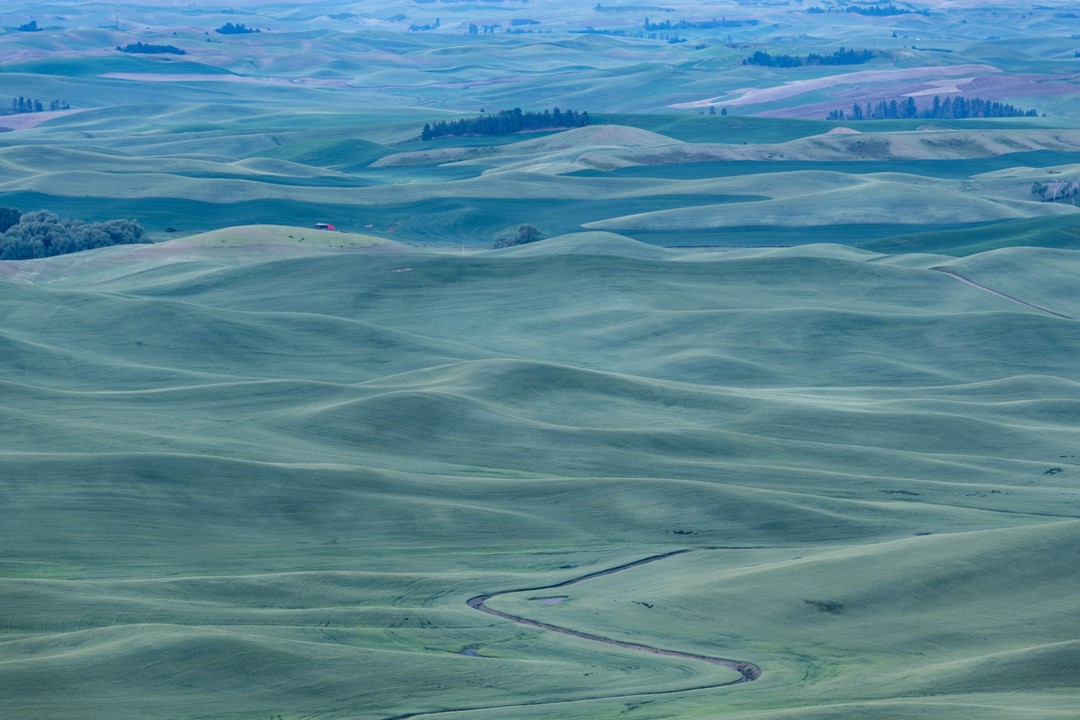
Nikon D850 Nikkor 24-120mm f/14 ISO-64 1/8 sec.
Lavender fields
The rows of lavender are beautiful anywhere, and when they are in the foothills of Mount Hood, the scene is even more lovely. In order to get the lavender in focus up close, all the way to the orchard in the background and Mount Hood too, I had to focus stack multiple images. This is actually 3 pictures merged to provide focus from the first flowers all the way to the horizon.
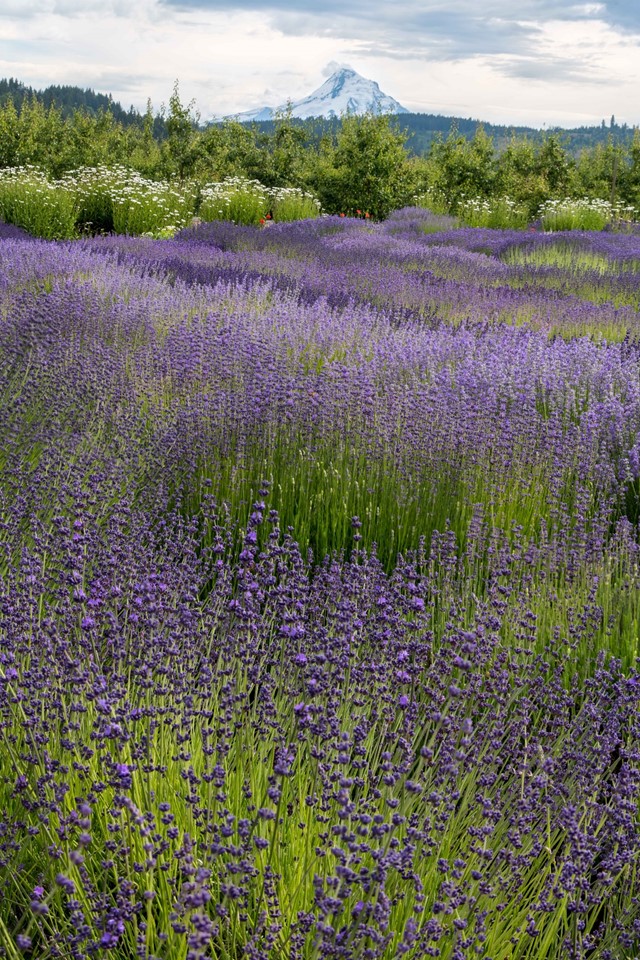
Nikon D850 Nikkor 24-120mm f/14 ISO-64 1/80 sec.
Wood grain
I would love to have included an abstract in my top 10 list, and this picture almost made it. Near the rocky shore of the central Oregon coast, I found this massive tree that had been blown over. It had been sun-dried and bleached by the weather. This is the view of the base of the trunk and the patterns and texture just draw me in. The light parts, the dark grooves and holes, and the lines and swirls draw both the eye and imagination.
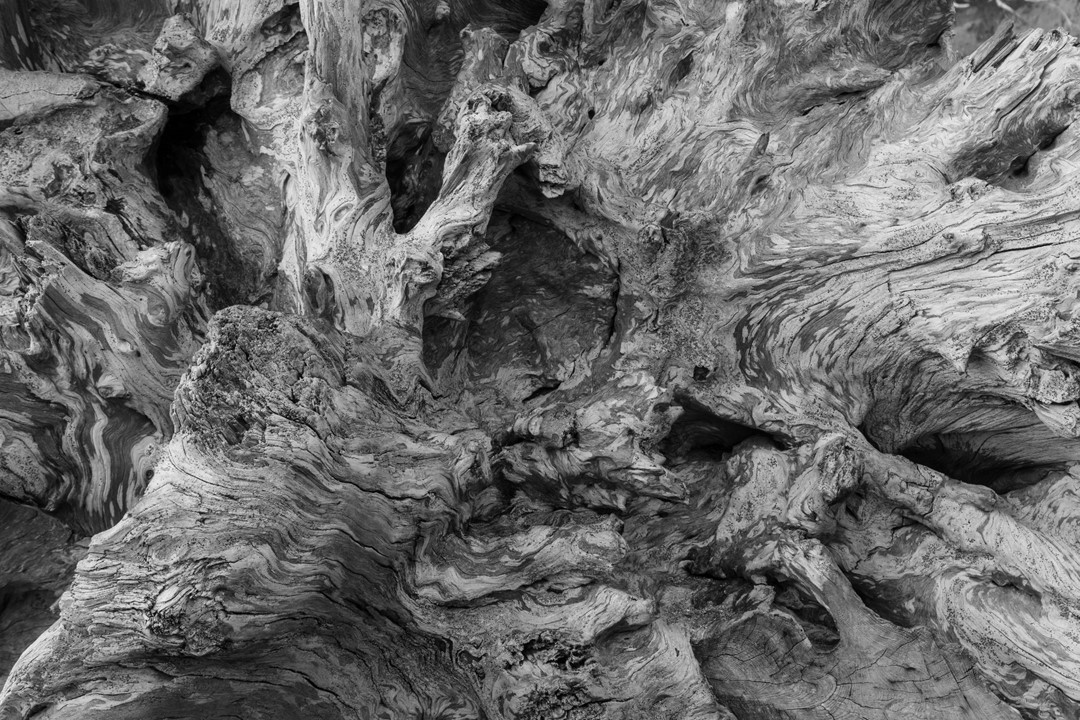
Nikon D850 Nikkor 24-120mm f/14 ISO-64 2 sec.
Blue mirror
The waters of Crater Lake are a stunning reflective blue. This midday picture, despite the harsh light, captures the color well and the reflected clouds give highlights in the water surface. And the lake is massive too. This is a panorama of three pictures stitched together and it still doesn’t quite fit the lake in.
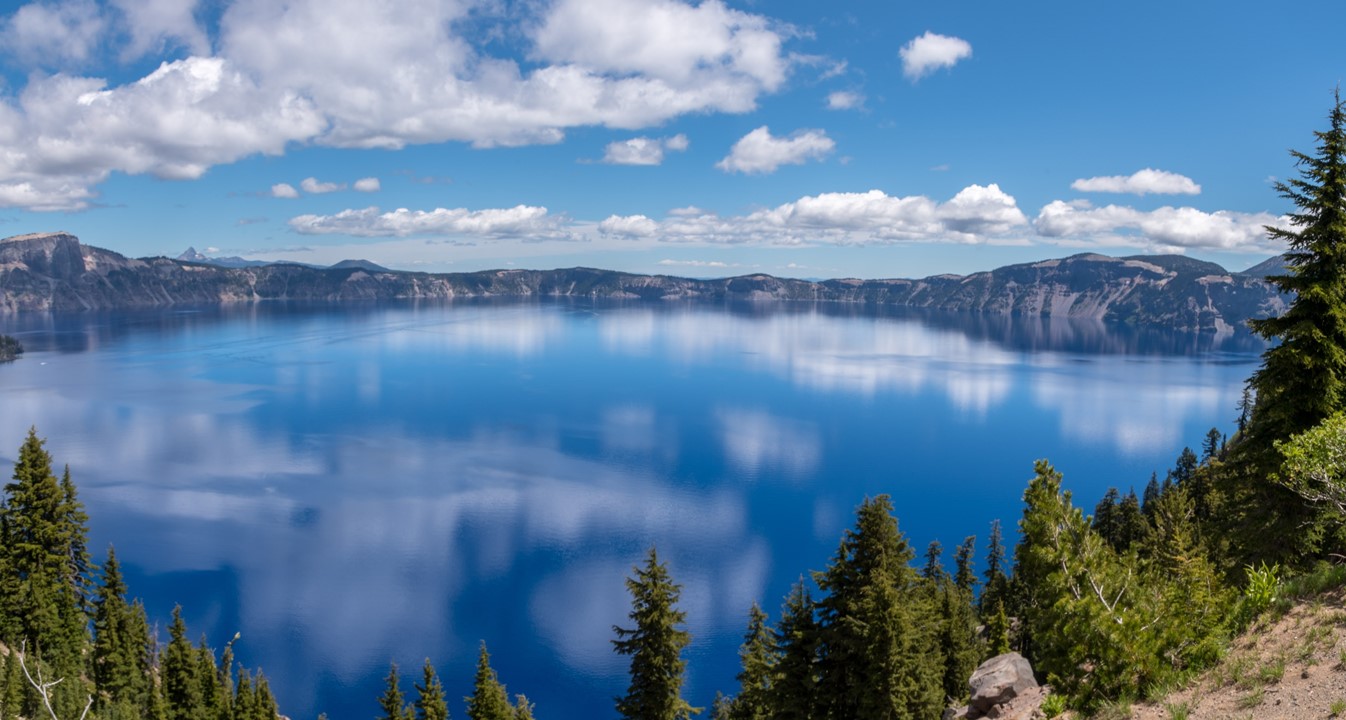
Nikon D850 Nikkor 24-120mm f/16 ISO-64 1/80 sec.
Aglow
Painted Hills, Oregon, is off the beaten path. There were not a lot of people there on a beautiful summer’s day. This is probably because it is not close to a major city or airport, but the colors in the rocks make this place quite stunning. And if it is beautiful during the day, at sunset the colors really come alive. As the setting sun hit the yellow, orange and red rock the glow is almost luminescent. I so wanted to add this scene to my top 10 list but instead saved a different image from the same place for that honor.
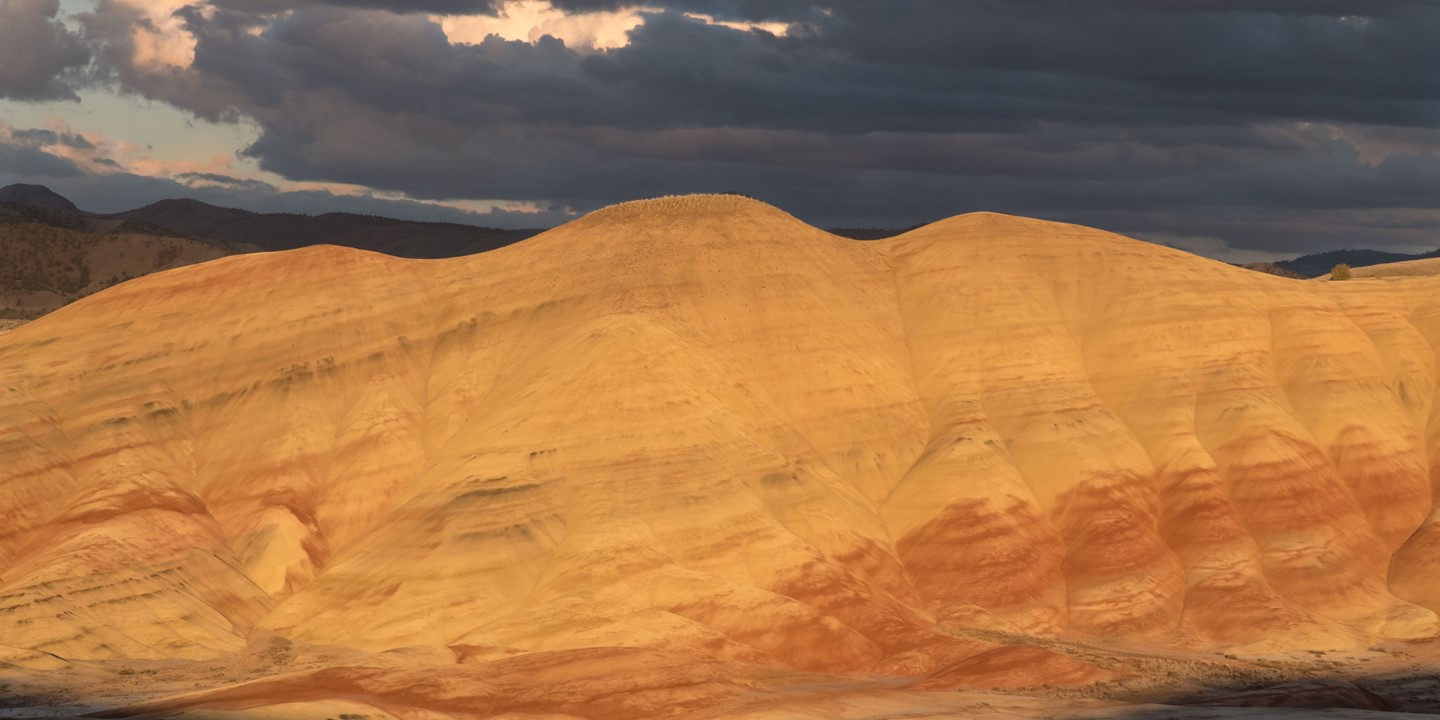
Nikon D850 Nikkor 24-120mm f/14 ISO-500 1/200 sec.
Fjordland
When you drive in Norway, you need to keep your wits about you. You can round a corner or exit a tunnel and suddenly a jaw-dropping scene could appear. The trick is to quickly find a safe place to pull over to get a shot like this one. And the scenery around so many corners is stunning and there are so many tunnels, including the longest in the world (which we drove through. As you drive west from Bergen to Voss, near Furnes and Kråi, this fjord comes into sight the moment you come out of a tunnel. Thing quick or you could miss it.

Nikon D850 Nikkor 24-120mm f/18 ISO-500 1/2 sec.
Dawn in Undredal
In Norway you can cruise Aurlandsfjord and Nærøyfjord from an electric powered boat – I guess it’s like a nautical Tesla ;-). Both fjords are among the most beautiful in Norway and if you visit the town of Flåm, this is one of the many ‘must do’ activities.Just before you leave Aurlandsfjord, the little hamlet of Undredal appears, and with early morning sunlight hitting the tops of the mountains, makes for a classic Norwegian scene.
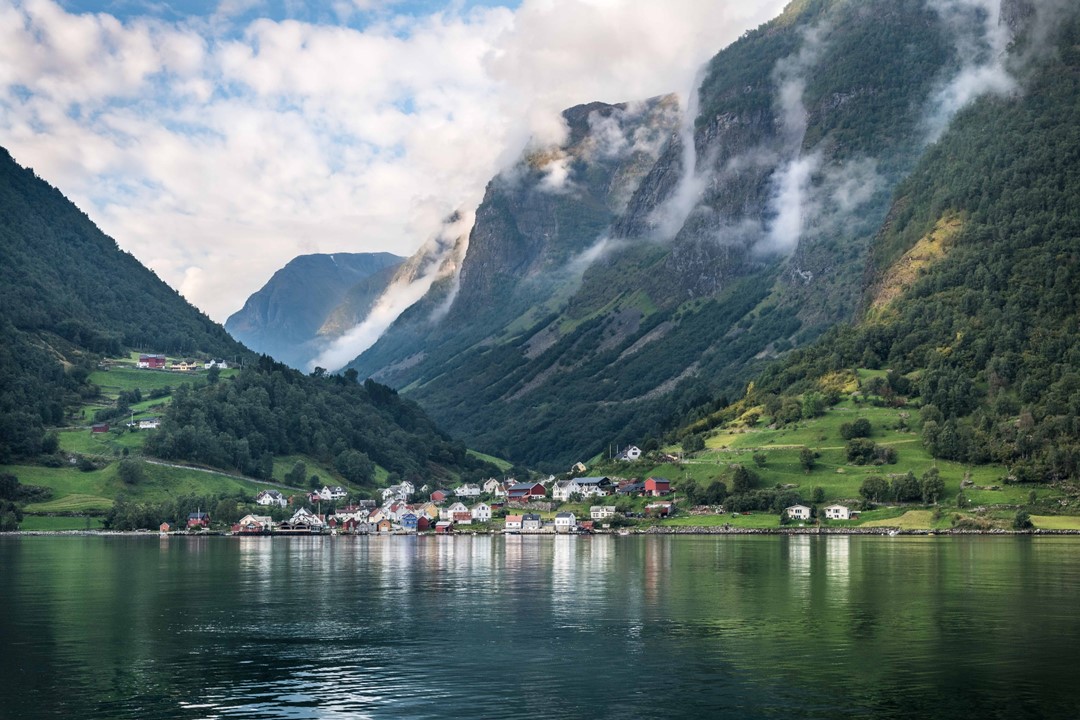
Nikon D850 Nikkor 24-120mm f/9 ISO-320 1/250 sec.
The valley floor
There are many glaciers in Norway and one of the more accessible is Nigardsbreen. You can drive to the valley floor and join a hike onto this glacier. That is unless you arrive to late to make the last hike of the day, in which case you can photograph it instead, which is not too bad an alternative. In fact I have two pictures in a row here of the glacier we never hiked on. I really love this one, the U-shaped valley with its lush green floor and the S-shaped glacier combine in this image to provide a lot of depth.

Nikon D850 Nikkor 24-120mm f/13 ISO-160 1/160 sec.
Nigardsbrevatnet
As is common, the Nigardsbreen glacier (actually, that is redundant as “breen” in Norwegian means glacier) terminates in a lake. The lake at the end of the glacier is called Nigardsbrevatnet and the mineral-rich waters here give a very silvery reflection. The surrounding hills and waterfall just add to the beauty of this place and the pictures that are here for the taking.

Nikon D850 Nikkor 24-120mm f/10 ISO-160 1/160 sec.
Blue ice
If you miss the glacial hike on one glacier, you look for plan B. About 15 miles up into the mountains from Nigardsbreen there is another glacier, Jostedalsbreen, that is accessible via a 15-minute inflatable boat ride. It requires dodging icebergs that have calved from the glacier. It is best not to fall into the icy lake as I learned inadvertently. The ride across is just beautiful with the blue end of the glacier, standing about 7 stories high clearly visible as the goal, in the center of this picture.

Nikon D850 Nikkor 24-120mm f/10 ISO-160 1/160 sec.
Crevasse
Hiking on a glacier, with crampons and roped up for safety, is an experience that I definitely want to repeat. The size and depths of the crevasses is hard to appreciate, but you get a bit of perspective when you see the size of the ‘mountain’ shown in the previous picture in the right side of the glacier. This is the ‘rock’ that shows in the background of this glacial view. I realize that this picture made it to my shortlist mostly because of the memories it evokes and it is here more to document the epic nature of a glacial hike than as a wonderful composition.
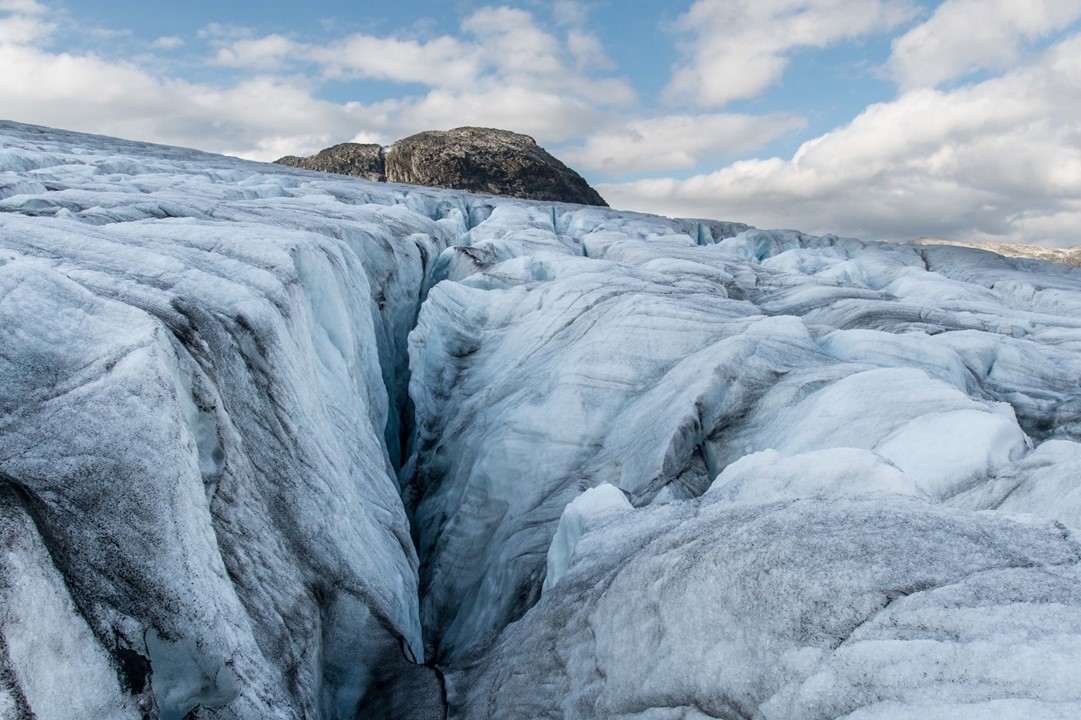
Nikon D850 Nikkor 24-120mm f/10 ISO-250 1/200 sec.
Misty morning on the fjord
Often in Norway hotels and bed and breakfasts are placed right on the edge of a fjord. When you arrive, like we did, late at night in a village like Fjærland, it is exciting to wake up in the morning and to step out onto the deck of your B&B and be stunned by the view. Here we woke to the view of Fjærlandsfjorden as the morning mists were clearing. This could never got old or mundane.

Nikon D850 Nikkor 24-120mm f/14 ISO-100 1/20 sec.
Jolstravatnet
I mentioned earlier, that you have to be prepared to find a place to stop at a moment’s notice when driving on the roads and passes in Norway. Coming across the lake called Jolstravatnet was just such an occasion. The moss-coated rocks, the reflection, the looming clouds and the green-covered mountainsides seen here definitely forced one of those quick stops. And I think you will agree, it was worth it.
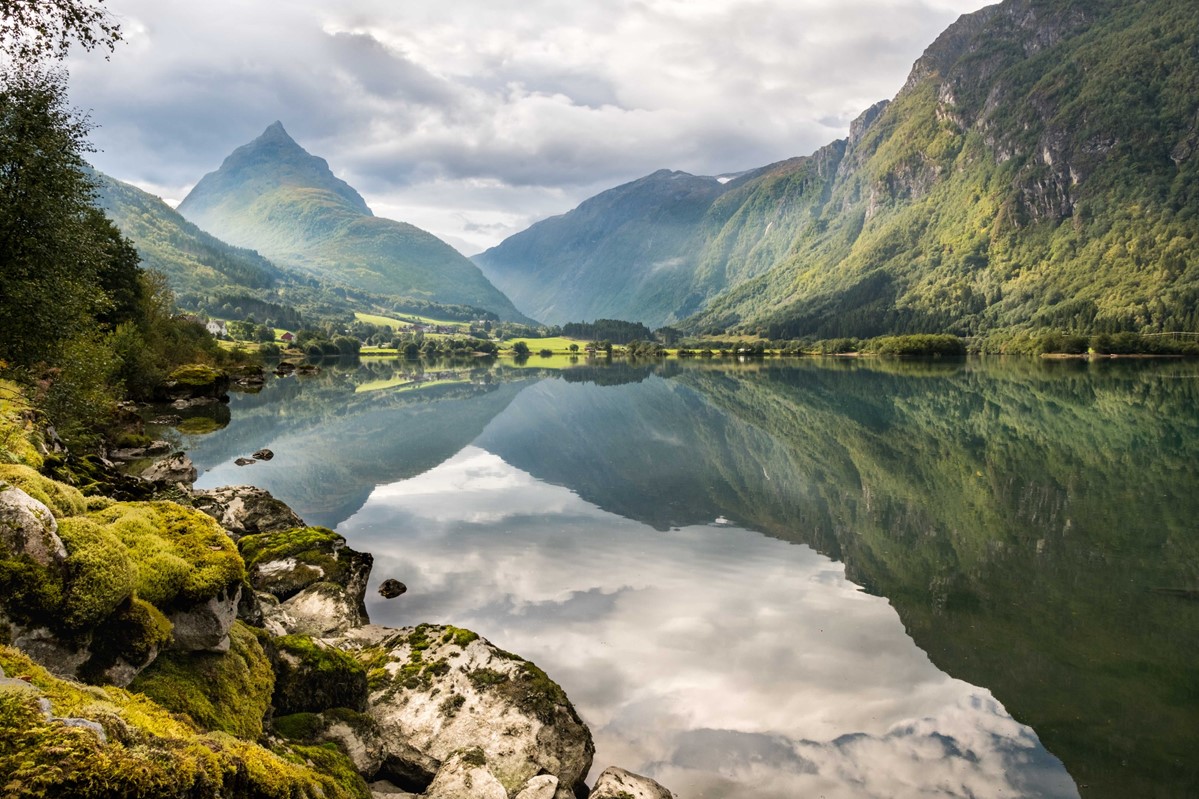
Nikon D850 Nikkor 24-120mm f/16 ISO-320 1/250 sec.
Ferry ride
When you are not driving across a mountain pass, or through a tunnel, you frequently are getting to where you need to go by ferry. And this is what a ferry ride can look like. Here we are passing another ferry on Geirangerjord, one of Norway’s many stunningly beautiful fjords.

Nikon D850 Nikkor 24-120mm f/10 ISO-800 1/100 sec.
Trolls
One of the most famous roads in Norway is the road of the trolls – Trollstiggen. There are many excellent pictures of the road which zig-zags down the hillside. I chose instead, after driving to the bottom of the pass, to take this picture of the river and its waterfall, Stigfossen. You can see the one bridge where the road crosses just below the falls. It was late in the day, and much of the valley was already in shade. But parts of the river’s edge were picking up that beautiful late afternoon warm light.
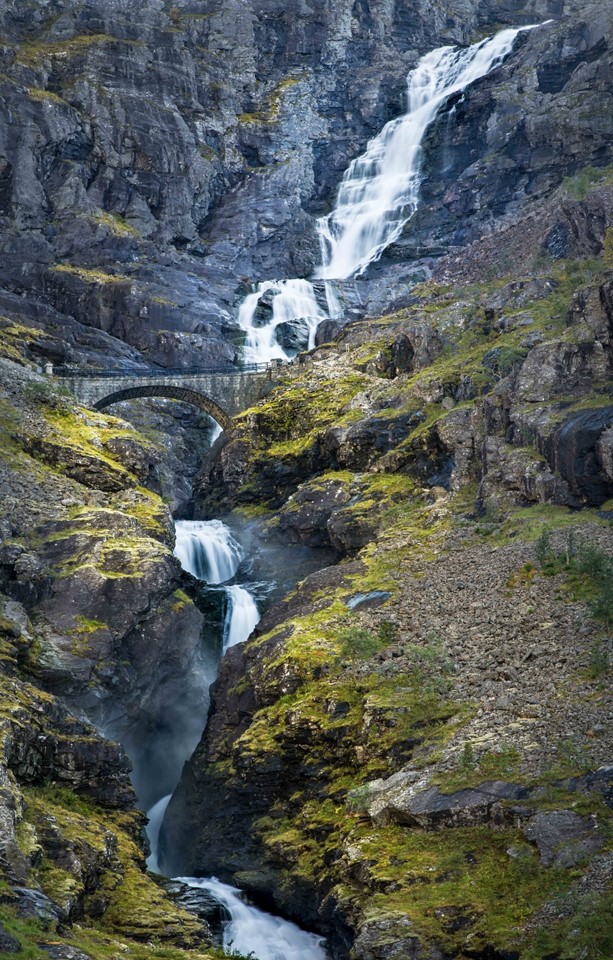
Nikon D850 Nikkor 24-120mm f/14 ISO-160 1/4 sec.
Curtains in the sky
A trip to Norway is not complete without a visit to the Arctic Circle and a chance to see the Aurora Borealis (Northern Lights). Skagsanden Beach, in the Lofoten Islands (pronounced ‘Loofooten’), is an excellent place to get the luminous green curtains in the sky and a green carpet reflected in the wet sand of a retreating tide. The Borealis appeared quite early this particular evening, it meant that we were able to capture the last hints of the setting sun in the West (left of the picture), the stars clearly shining on this clear night and the northern lights just exploding in the scene.
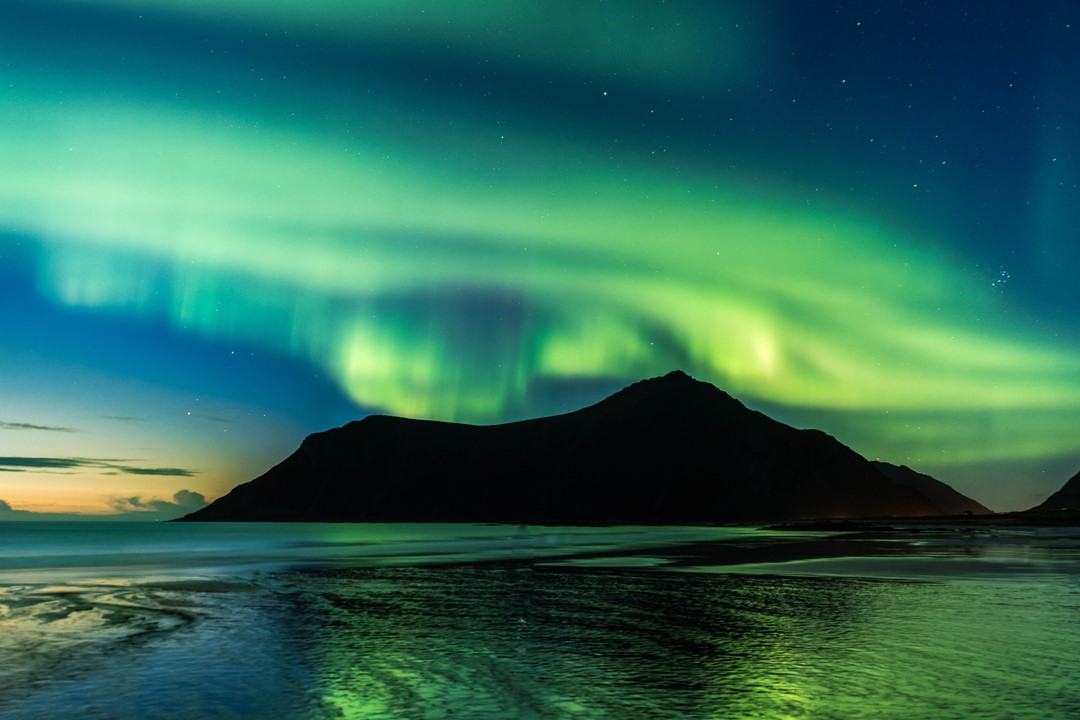
Nikon D850 Nikkor 14-24mm f/2.8 ISO-640 1/20 sec.
Fishing village
If the southern fjordland area of Norway is stunning, with beauty around each corner, the Arctic islands of Lofoten take that up several notches. Near the southern end of Lofoten is the town of Reine. With its harbor in the foreground and the imposing Ostinden mountain behind, this scene is best described as epic. This is another picture that was close to making it to my final 10.
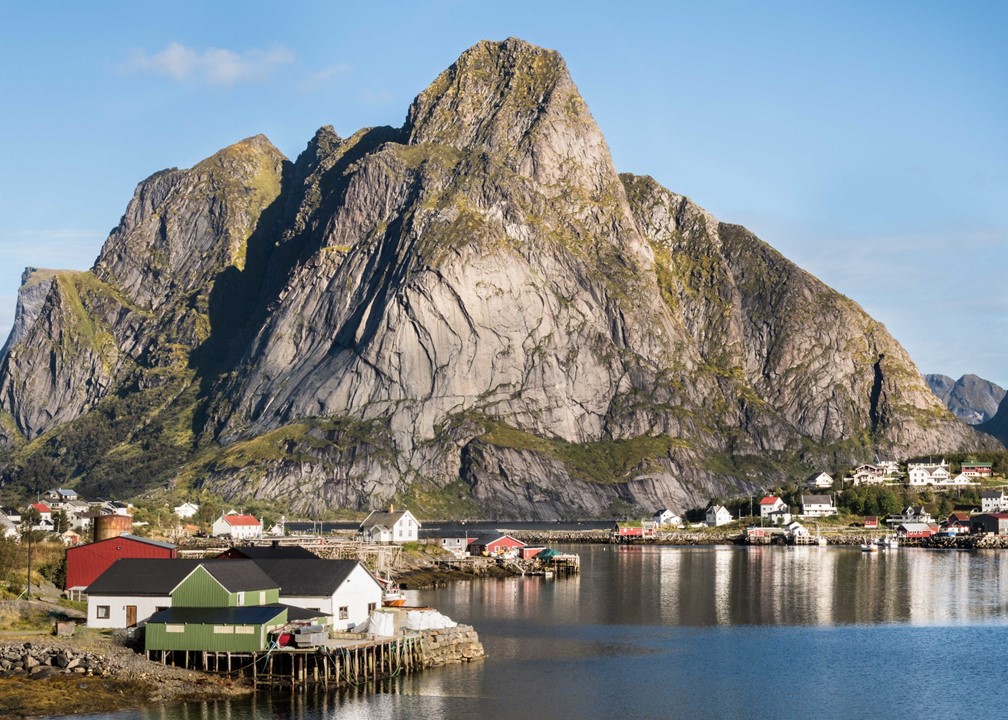
Nikon D850 Nikkor 24-120mm f/14 ISO-200 1/80 sec.
The eye of the dragon
We hiked a mile down a trail looking for this feature, The Dragon’s Eye, only to get a text from our wives that it was right down at the beach near Uttakleiv where we had started our hike. So we hiked a mile back, lugging cameras, lenses, tripods and all. I think it was worth the trek. The dragon is eyeing the dragon-shaped mountains of Hagskolmen across the bay.
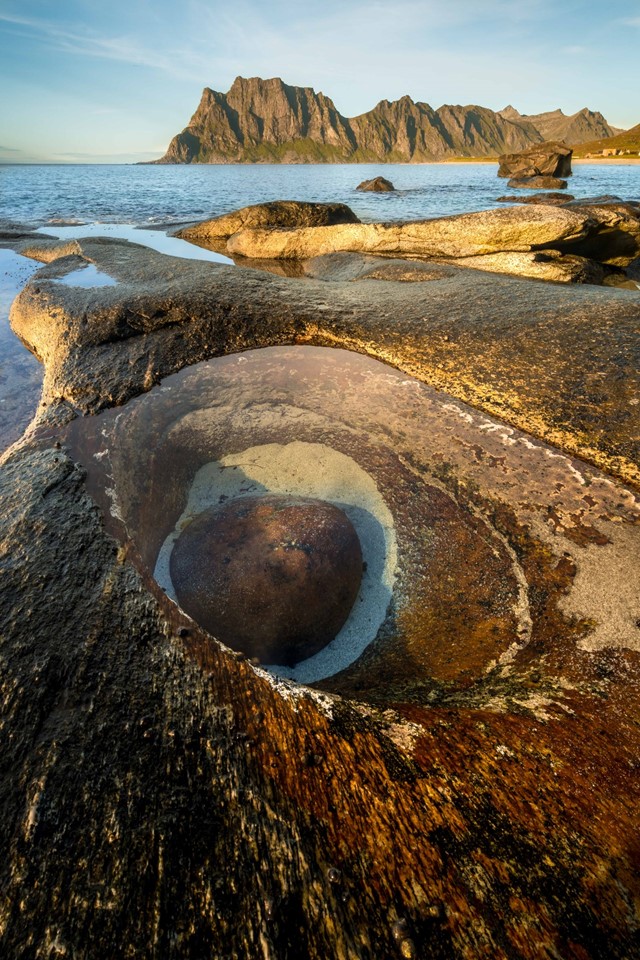
Nikon D850 Nikkor 14-24mm f/18 ISO-160 1/15 sec.
Å
The end of the road in Lofoten (or should I say the beginning, it is called “A” after all) is the town of Å (pronounced something like ‘aw’). From here the view down the rest of the Lofoten chain looks a bit threatening and austere. This is especially true in this B&W rendering of the scene.
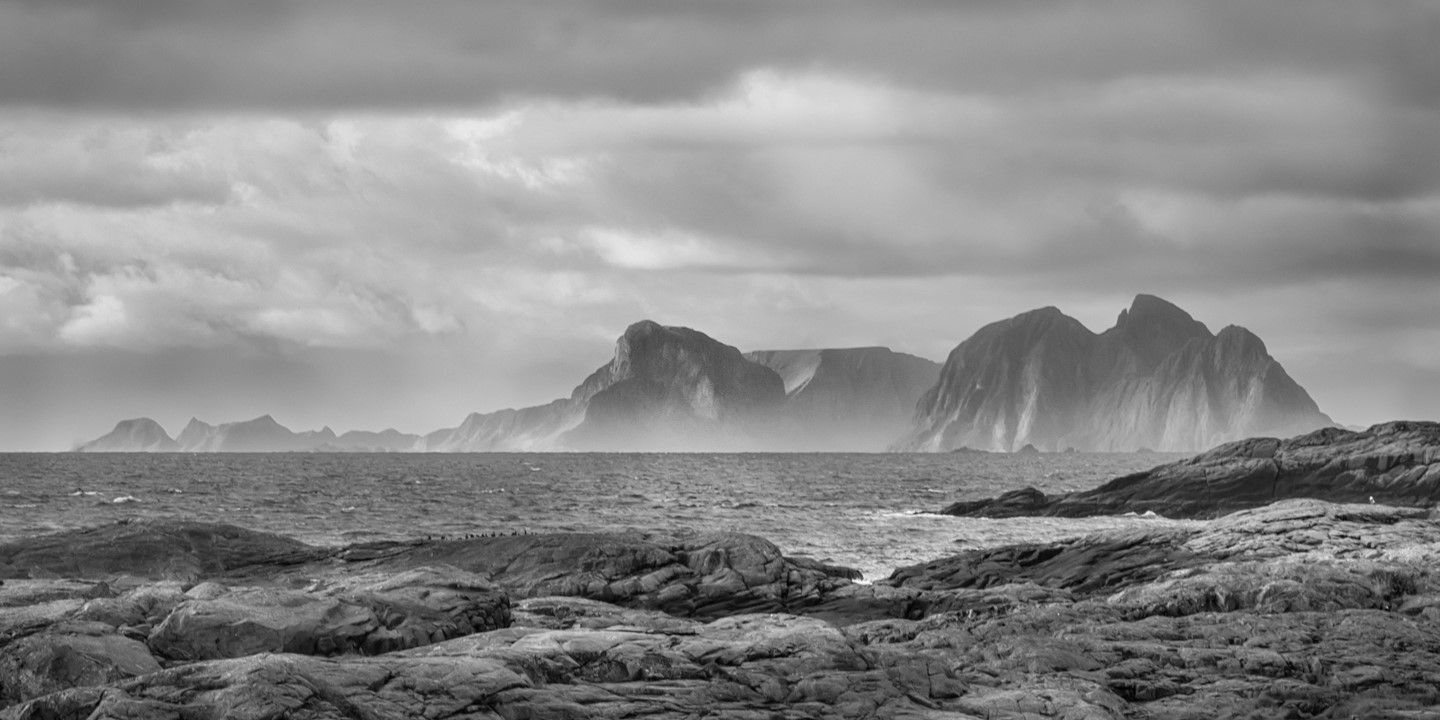
Nikon D850 Nikkor 24-120mm f/16 ISO-400 1/125 sec.
Pillow-top mattress
In much of Lofoten, the terrain is covered in beautiful mosses and berries. When you walk on it, you find it is spongy and feels exactly like you are walking on a mattress. You may expect that it is marshy or wet underneath, but you find that this is only very occasionally the case. There are red berries and blueberries, and the moss comes in yellow, white, red and of course green.

Nikon D850 Nikkor 14-24mm f/16 ISO-500 1/160 sec.
Dramatic Hamnøy
If I had to pick one place in Norway to go back to, there is no question that I would pick Hamnøy. Not only is it by itself a stunning place to take pictures, but it is a perfect jumping off spot for many of the other Lofoten locations that feature in many of the pictures I have shown here, and several that made it to my top 10 list. This picture, so nearly made it into my final list too. The stormy waters of the fjord, Vorfjorden, lead your eye right into the frame. In the background, Festhelltinden towers over the scene and then dominating the center of the picture are the red fisherman’s cabins called “Rorbeurs”. You can see the trestles for hanging salt fish (Bacalao) right behind the cabins. You can rent these cabins, and in fact, the ones in this picture are where we stayed for four nights. Not too shabby a location, I’d say.
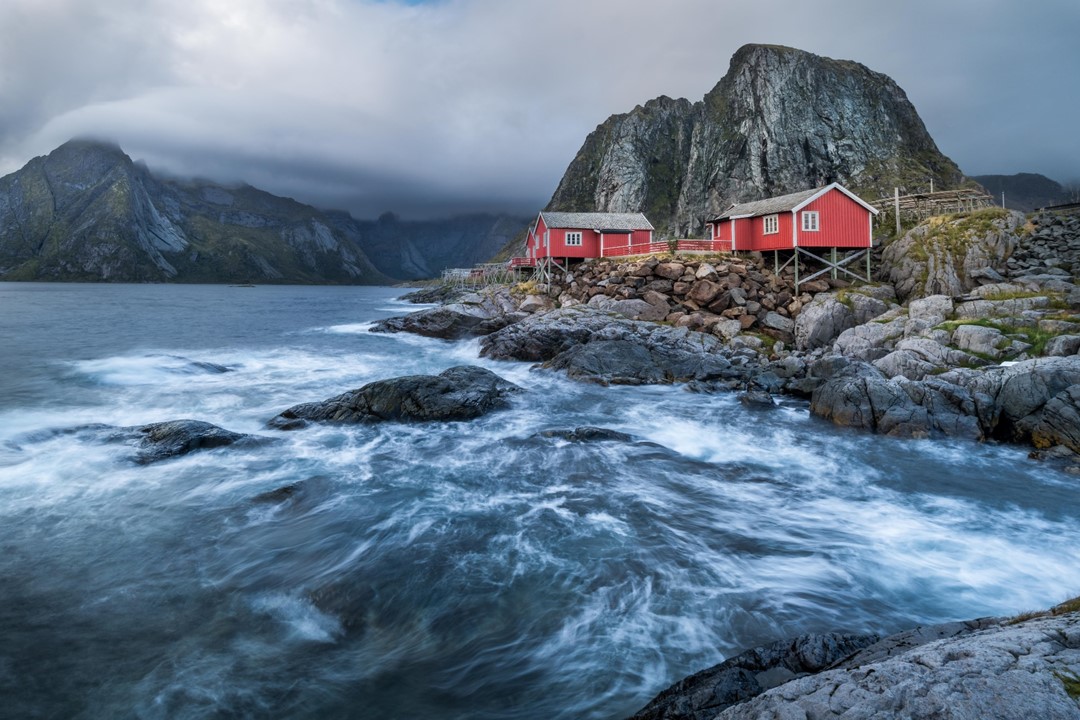
Nikon D850 Nikkor 14-24mm f/18 ISO-100 1/1.6 sec.
Top 10
Well that’s it. Wow! You’ve made it through 33 of my pictures. 3 pictures of people, 2 simple wildlife images and 28 landscapes. I am impressed that you are still reading this.
I plan to share my top 10 pictures of 2018 tomorrow. Stop by for a look if you’d like.
Colin Michaelis / mtk

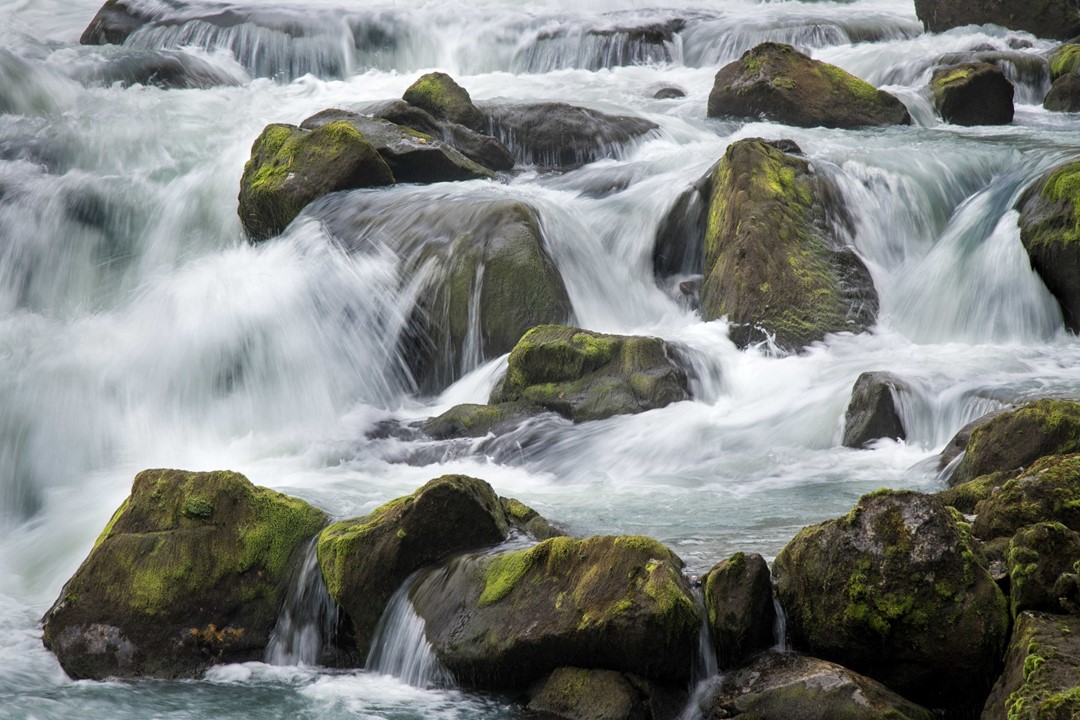
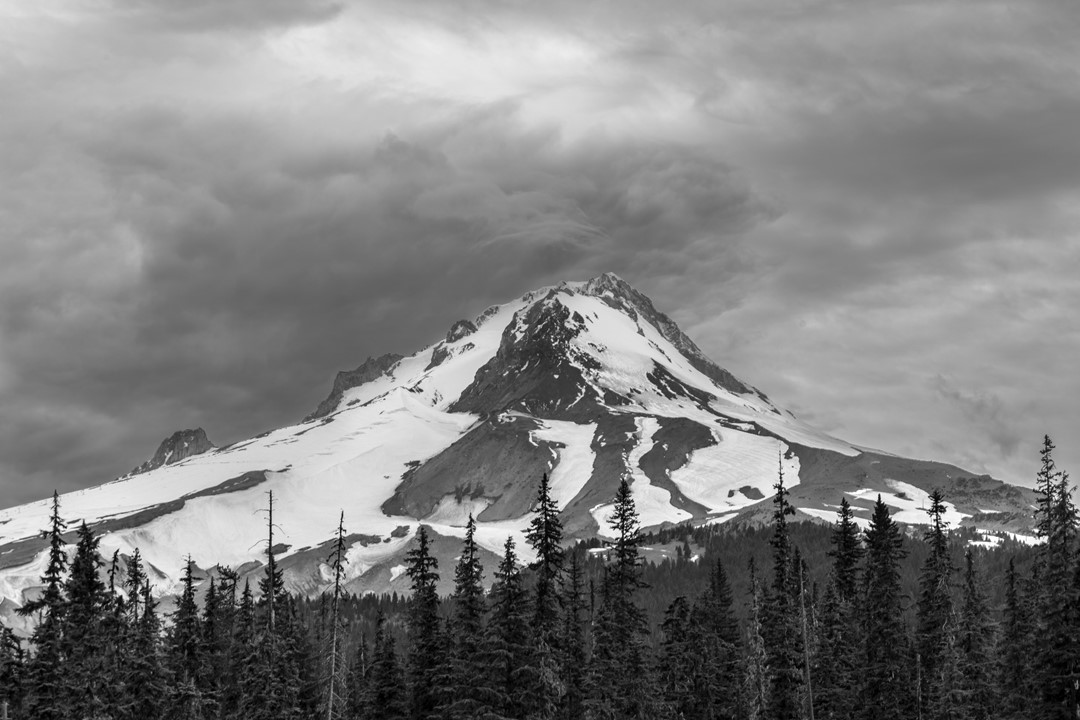
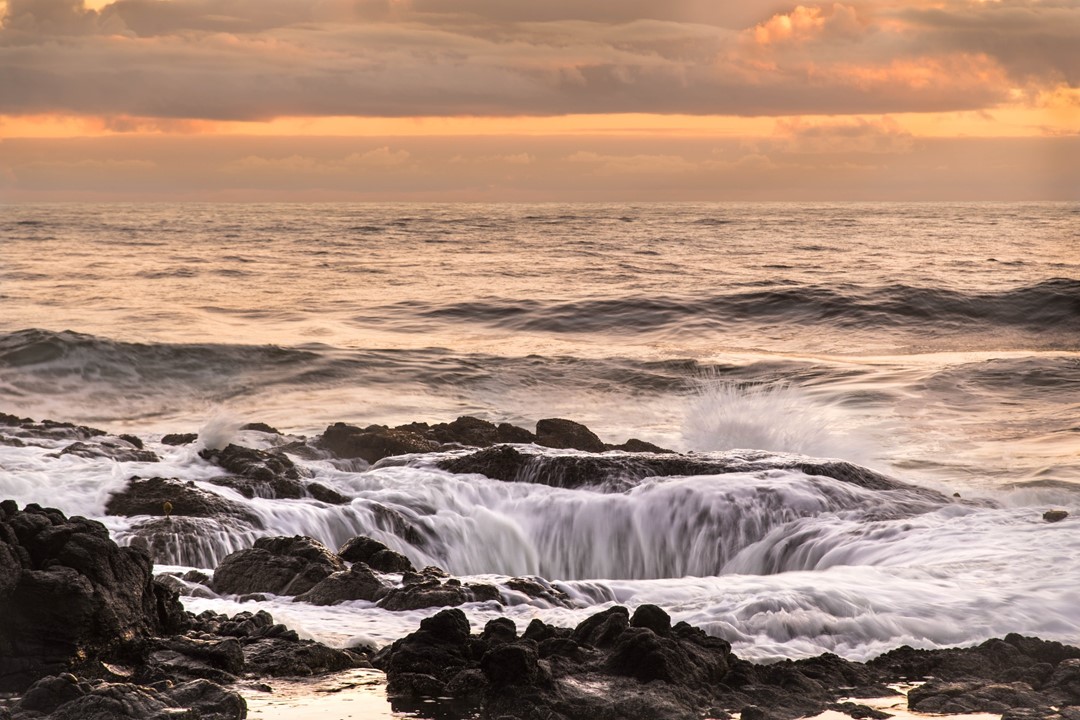
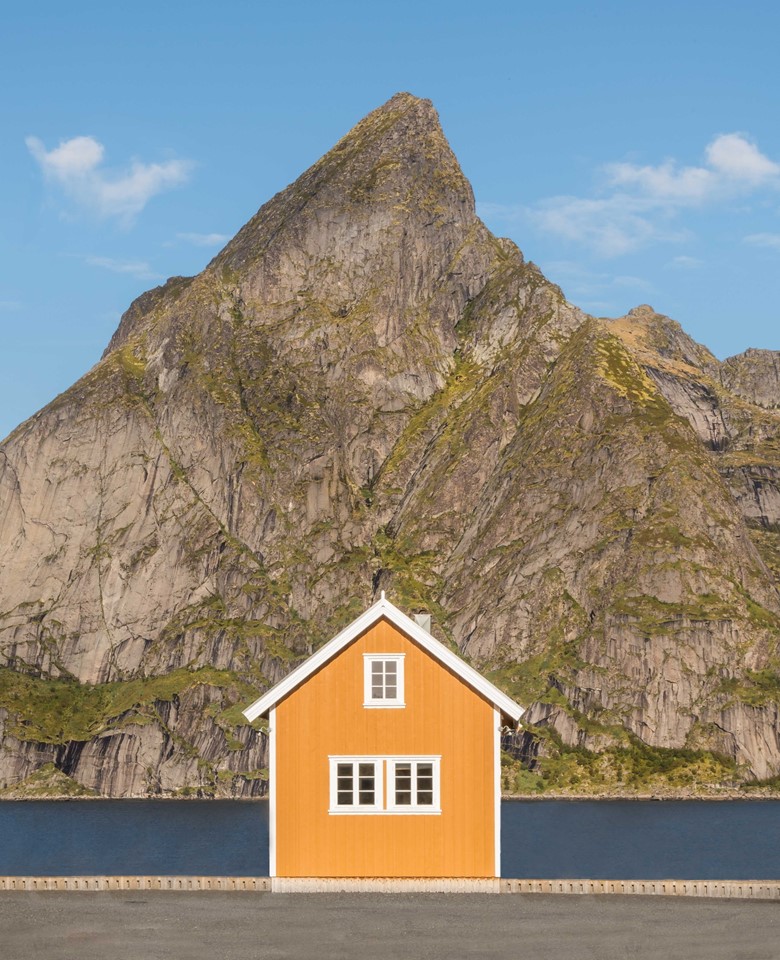
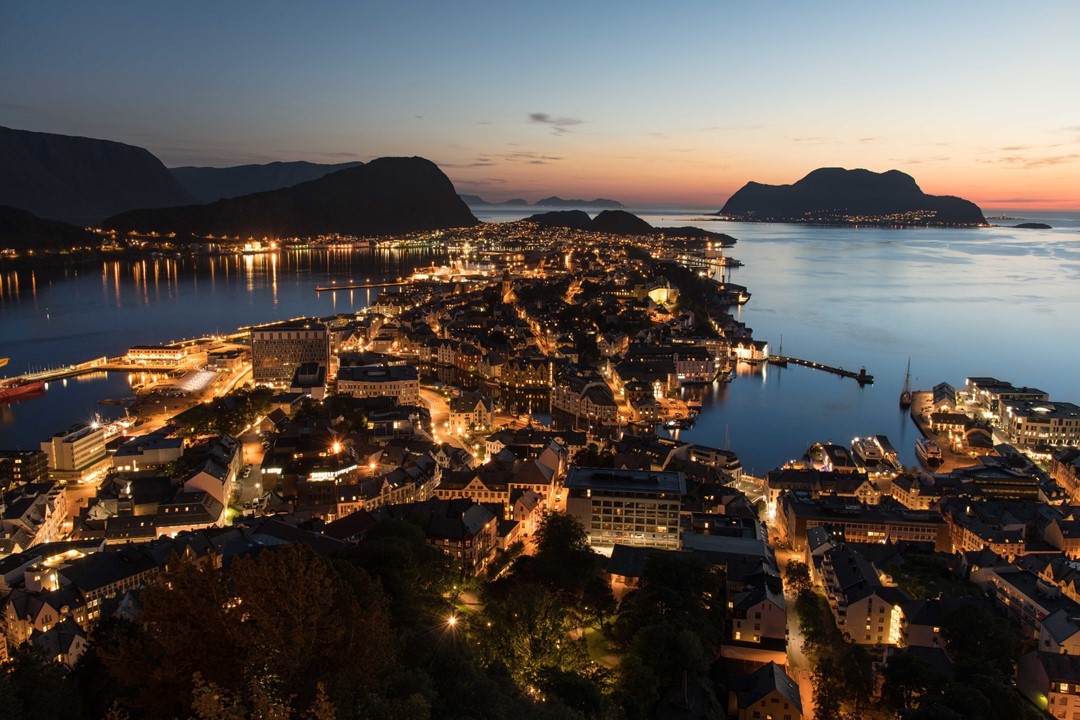
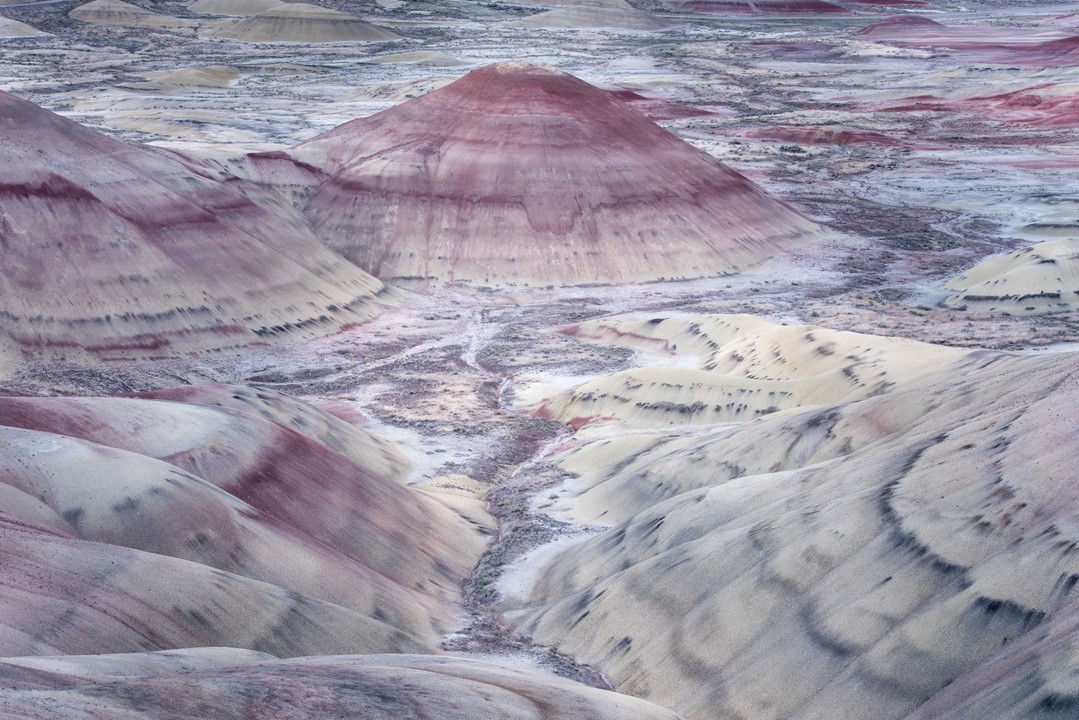
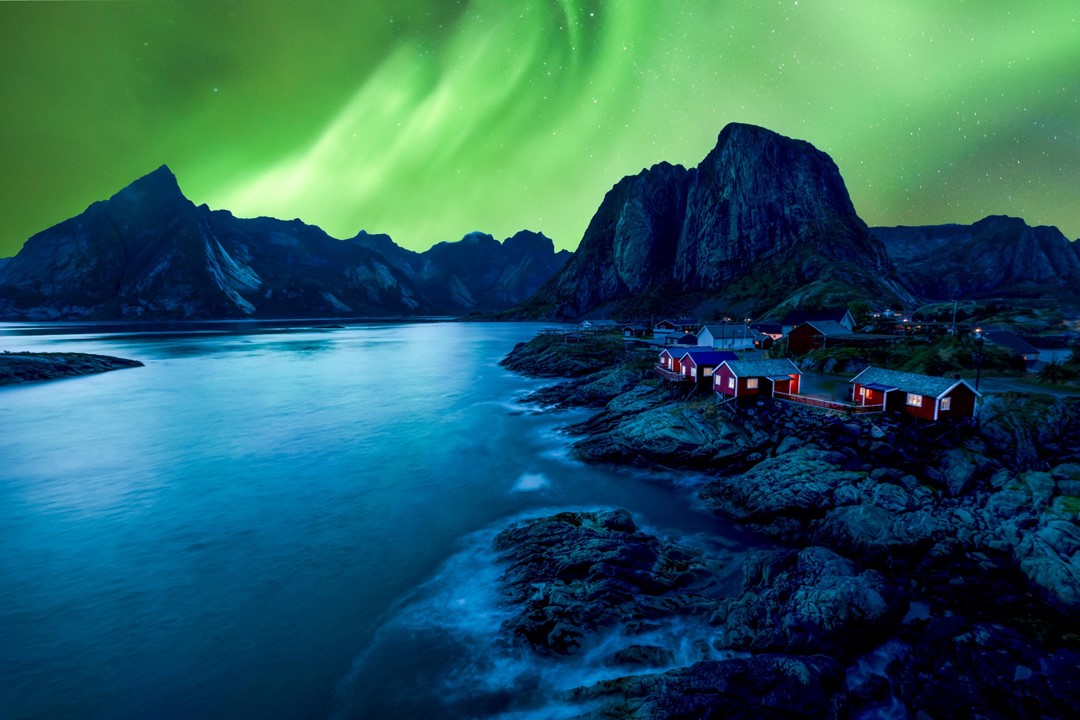

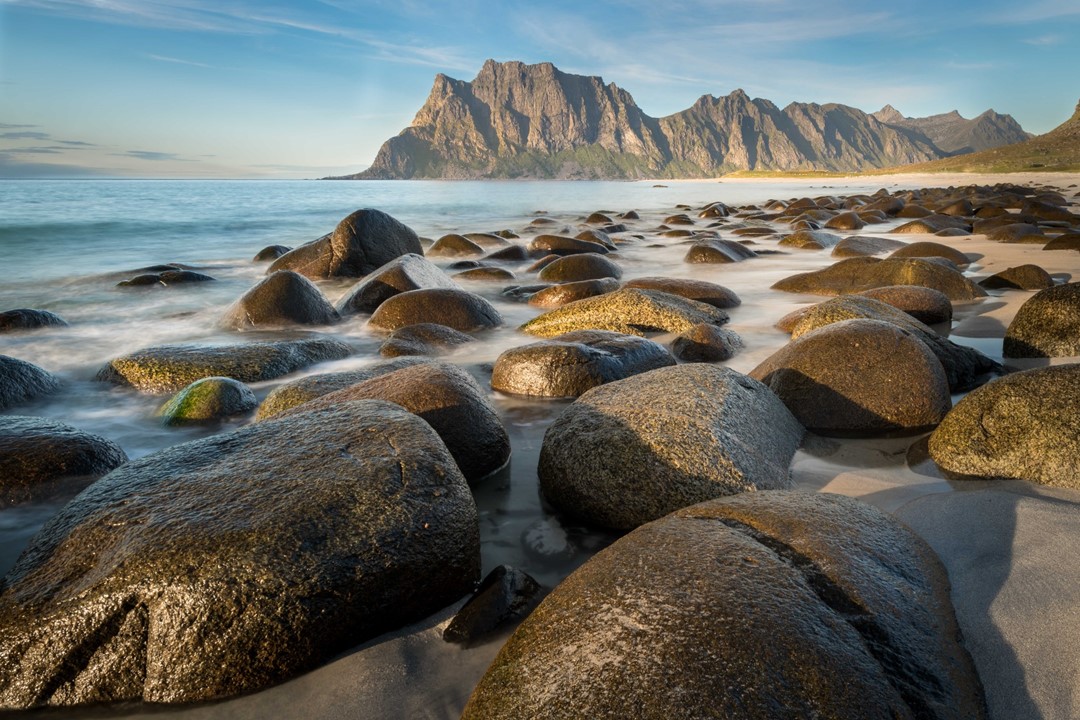
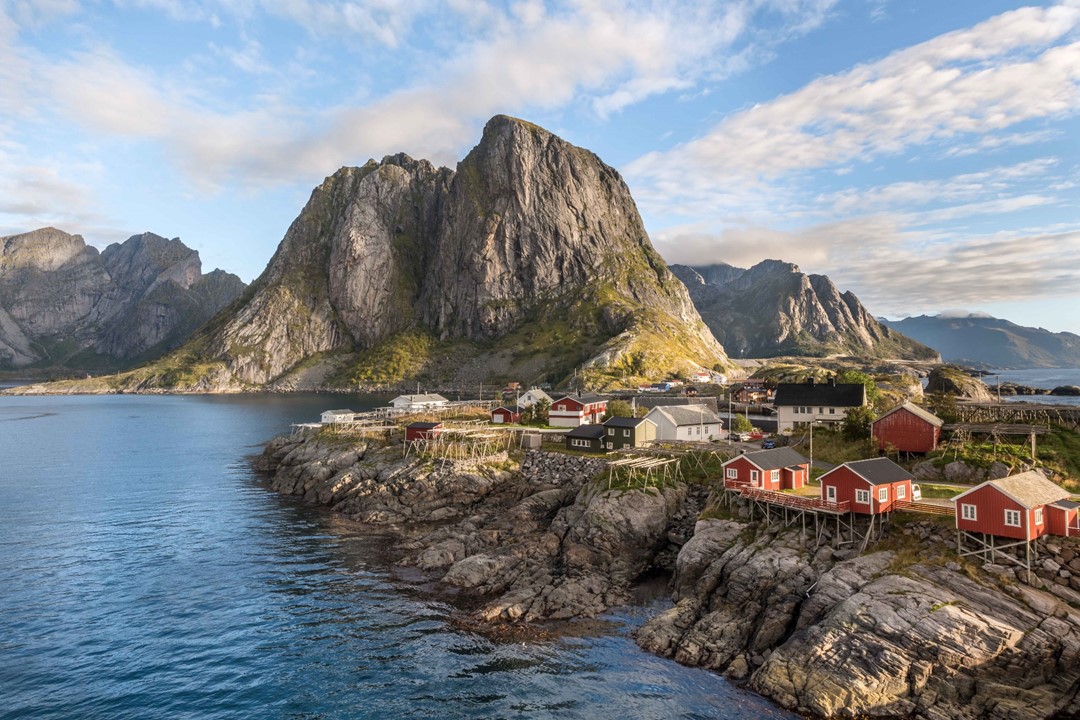
 It has been several years since I published a “most significant” list. I don’t get to do this very often simply because of busyness at the time of the holidays and early in a new year as well. But I really do like the idea of doing a review of pictures from the past year. It is great to reflect on the moments represented by the pictures. And taking a step back and looking at the pictures again after some time, provides a different perspective from the first impressions when the picture was fresh. Quite frankly, there are pictures that no longer matter or make my favorites list a few months later.
It has been several years since I published a “most significant” list. I don’t get to do this very often simply because of busyness at the time of the holidays and early in a new year as well. But I really do like the idea of doing a review of pictures from the past year. It is great to reflect on the moments represented by the pictures. And taking a step back and looking at the pictures again after some time, provides a different perspective from the first impressions when the picture was fresh. Quite frankly, there are pictures that no longer matter or make my favorites list a few months later.

































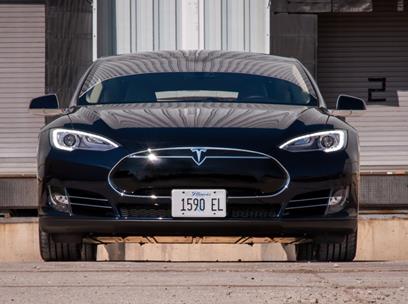
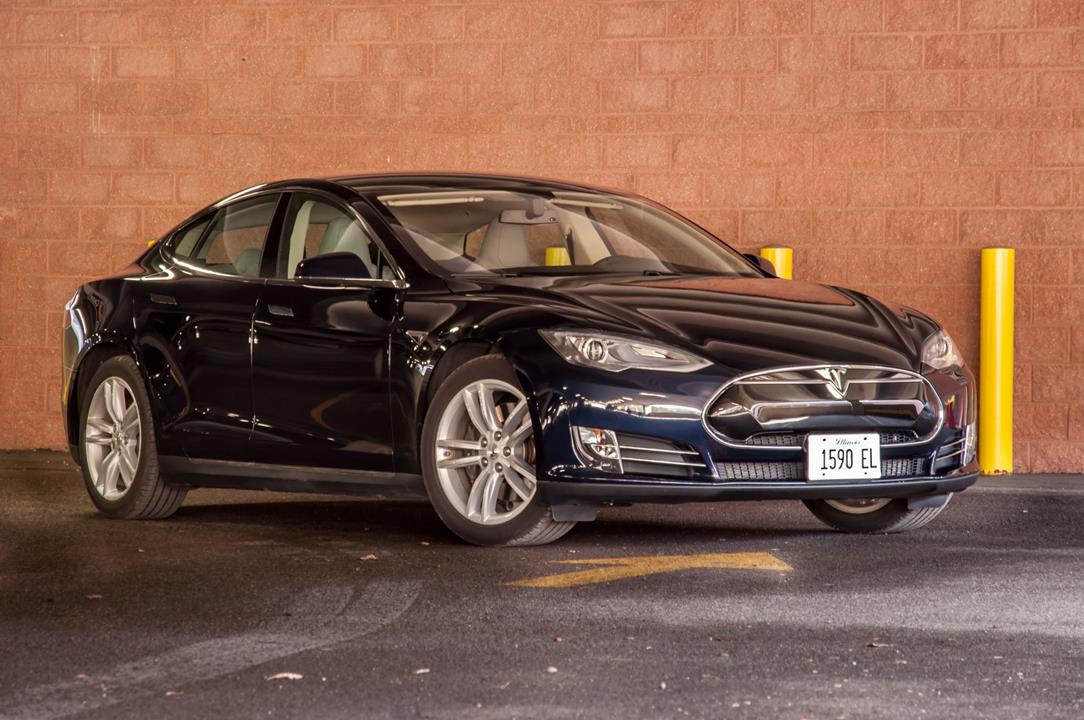
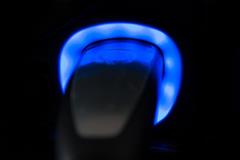 charge itself starting at midnight when my electricity rates are lower. The car is completley charged up in about 2-3 hours. Every morning I leave the house with a “full tank”. And when I hit the road on a long trip? Well Elon has been thinking of that too. Tesla has built a network of Superchargers that can charge Teslas at the rate of about 400 miles/hour. And they are free. On a long trip a quick rest stop to grab a cup of coffee or lunch, and within 45 minutes you’re on your way again. On a recent trip from Detroit to Chicago which is about 350 miles, I had to stop for about half an hour to charge my car. Oh, and did I mention that charging my car is free.
charge itself starting at midnight when my electricity rates are lower. The car is completley charged up in about 2-3 hours. Every morning I leave the house with a “full tank”. And when I hit the road on a long trip? Well Elon has been thinking of that too. Tesla has built a network of Superchargers that can charge Teslas at the rate of about 400 miles/hour. And they are free. On a long trip a quick rest stop to grab a cup of coffee or lunch, and within 45 minutes you’re on your way again. On a recent trip from Detroit to Chicago which is about 350 miles, I had to stop for about half an hour to charge my car. Oh, and did I mention that charging my car is free.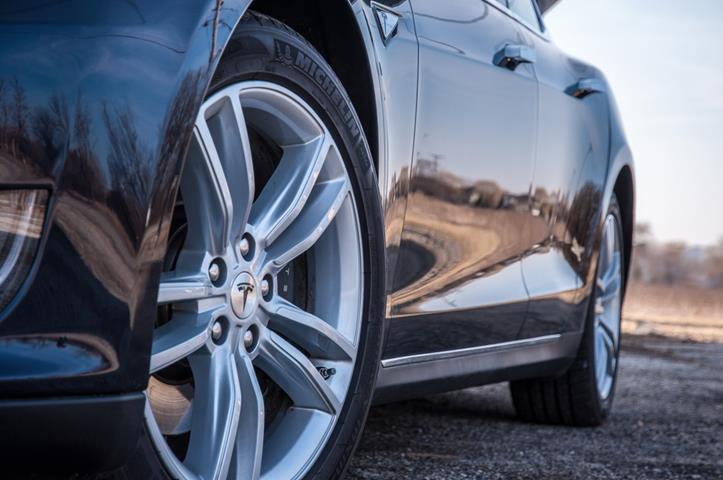 4)
4) 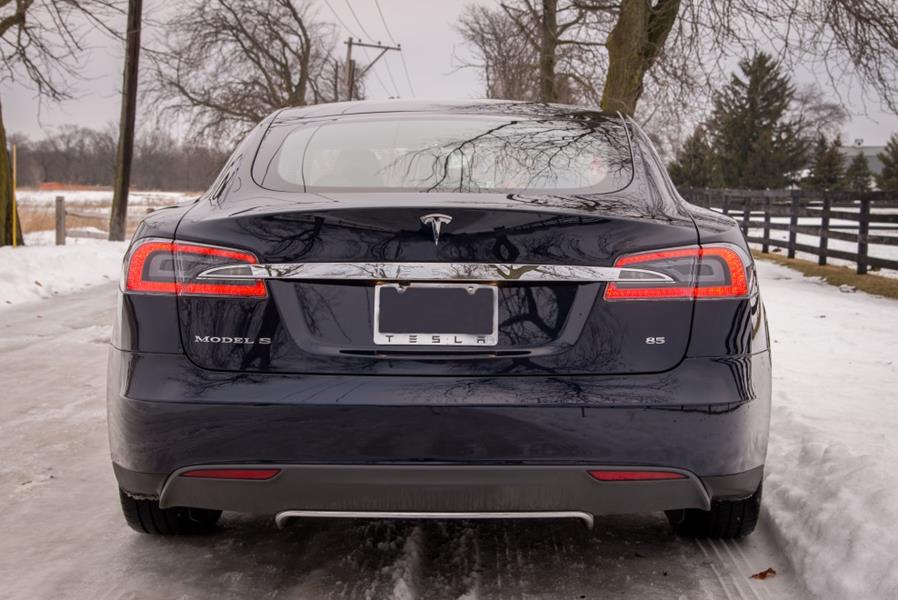 The use of Superchargers on road trips has worked perfectly. I would say that there is no need for range anxiety, however, you do have to plan ahead – no point in waiting until you are almost out of available range to start looking for your next charging station. But Tesla have made that easier recently (with an over-the-air software update of course) with the car automatically planning the charging spots along your route for you and displaying them on the map on the big screen.
The use of Superchargers on road trips has worked perfectly. I would say that there is no need for range anxiety, however, you do have to plan ahead – no point in waiting until you are almost out of available range to start looking for your next charging station. But Tesla have made that easier recently (with an over-the-air software update of course) with the car automatically planning the charging spots along your route for you and displaying them on the map on the big screen.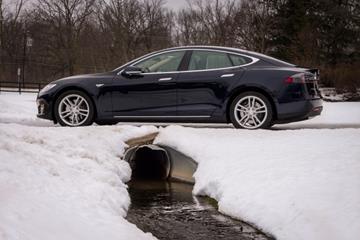 The model I bought is rear wheel drive. I live in an area that gets lots of snow in winter. I would definitely get the 4-wheel drive version if I was buying now. It wasn’t available until about a year after I bought mine. However, the RWD Tesla does amazingly well in the snow. I have driven in intense storms and have not come close to getting stuck and the car handles the conditions amazingly well.
The model I bought is rear wheel drive. I live in an area that gets lots of snow in winter. I would definitely get the 4-wheel drive version if I was buying now. It wasn’t available until about a year after I bought mine. However, the RWD Tesla does amazingly well in the snow. I have driven in intense storms and have not come close to getting stuck and the car handles the conditions amazingly well.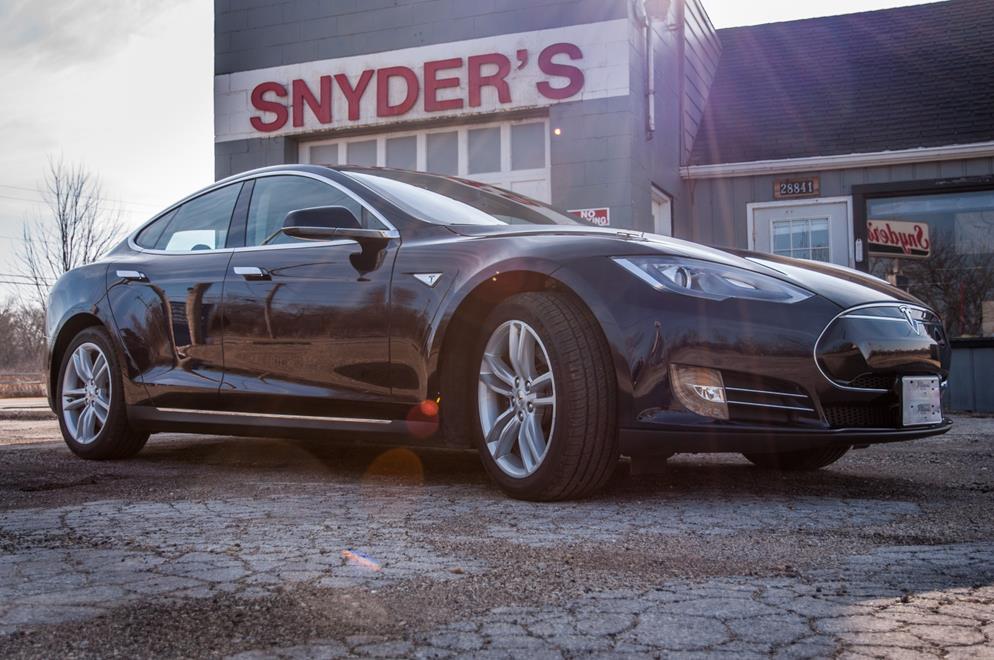

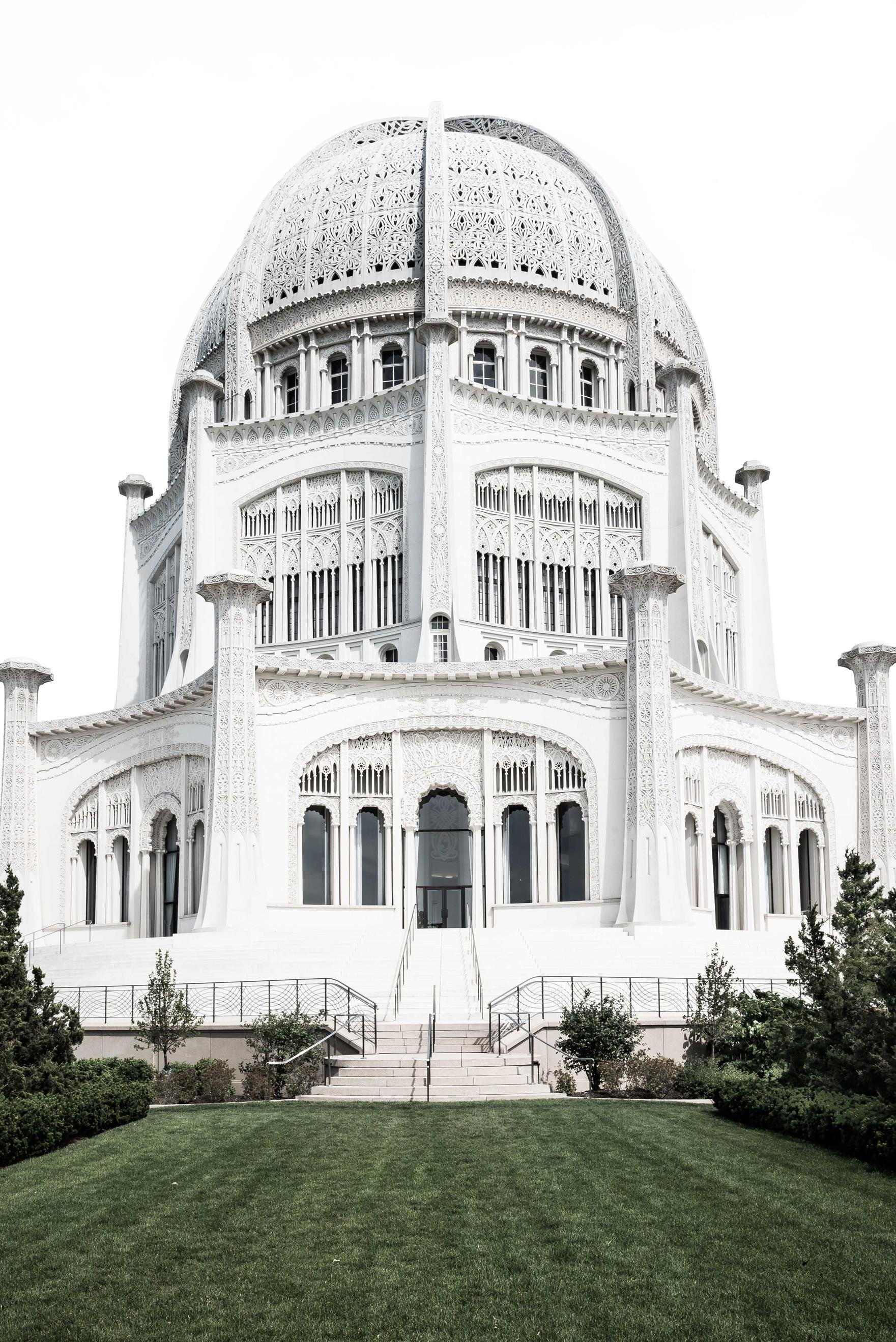

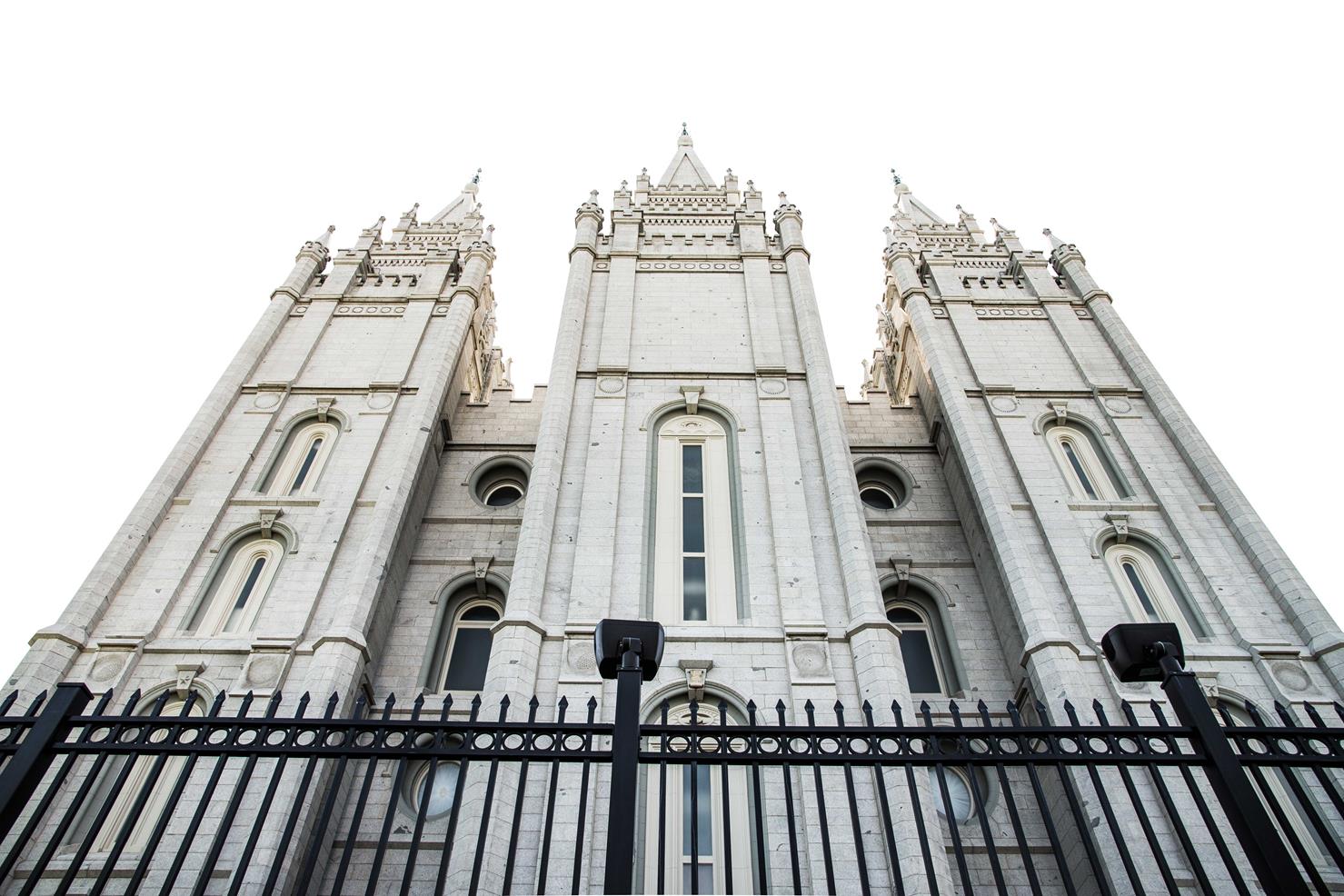
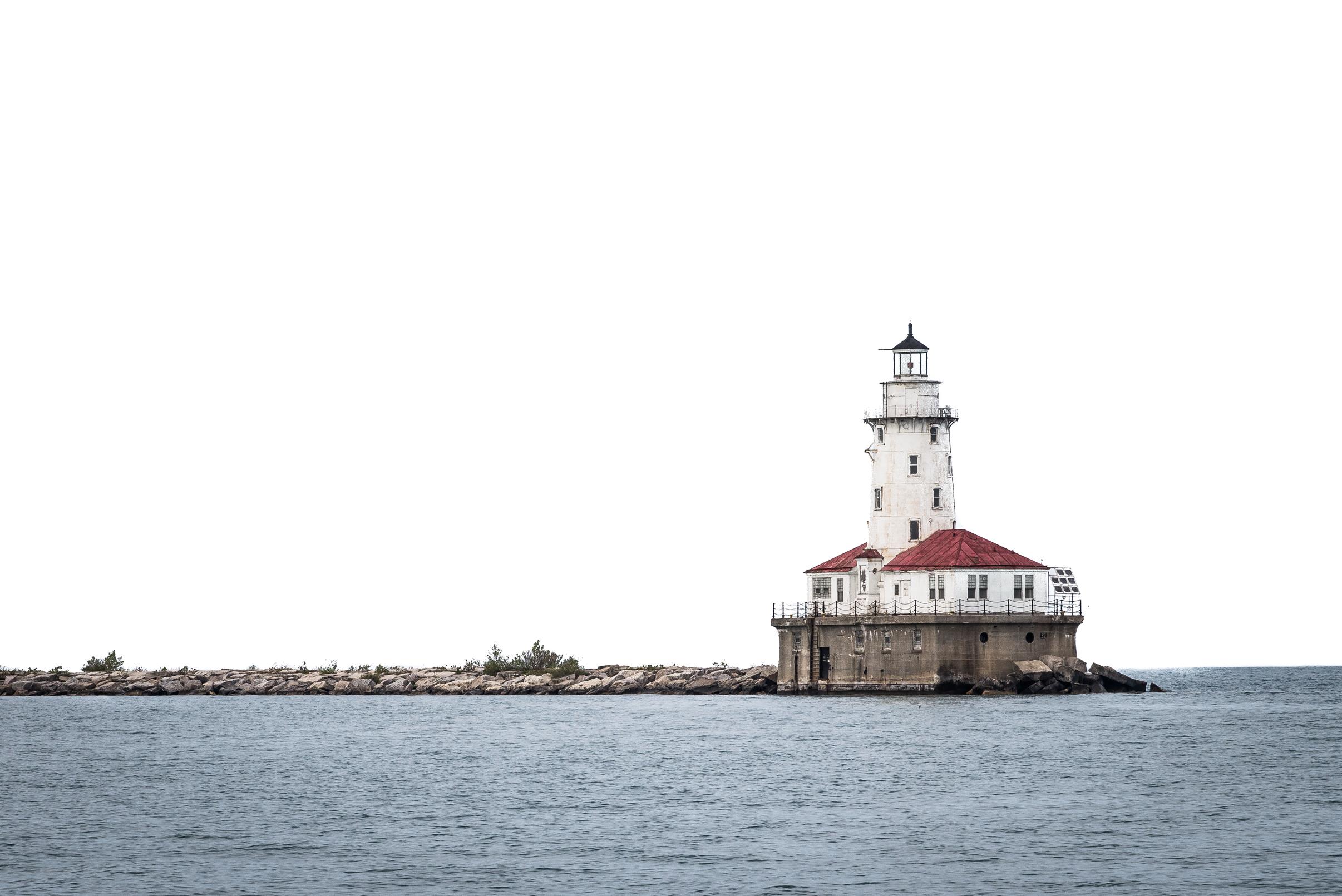
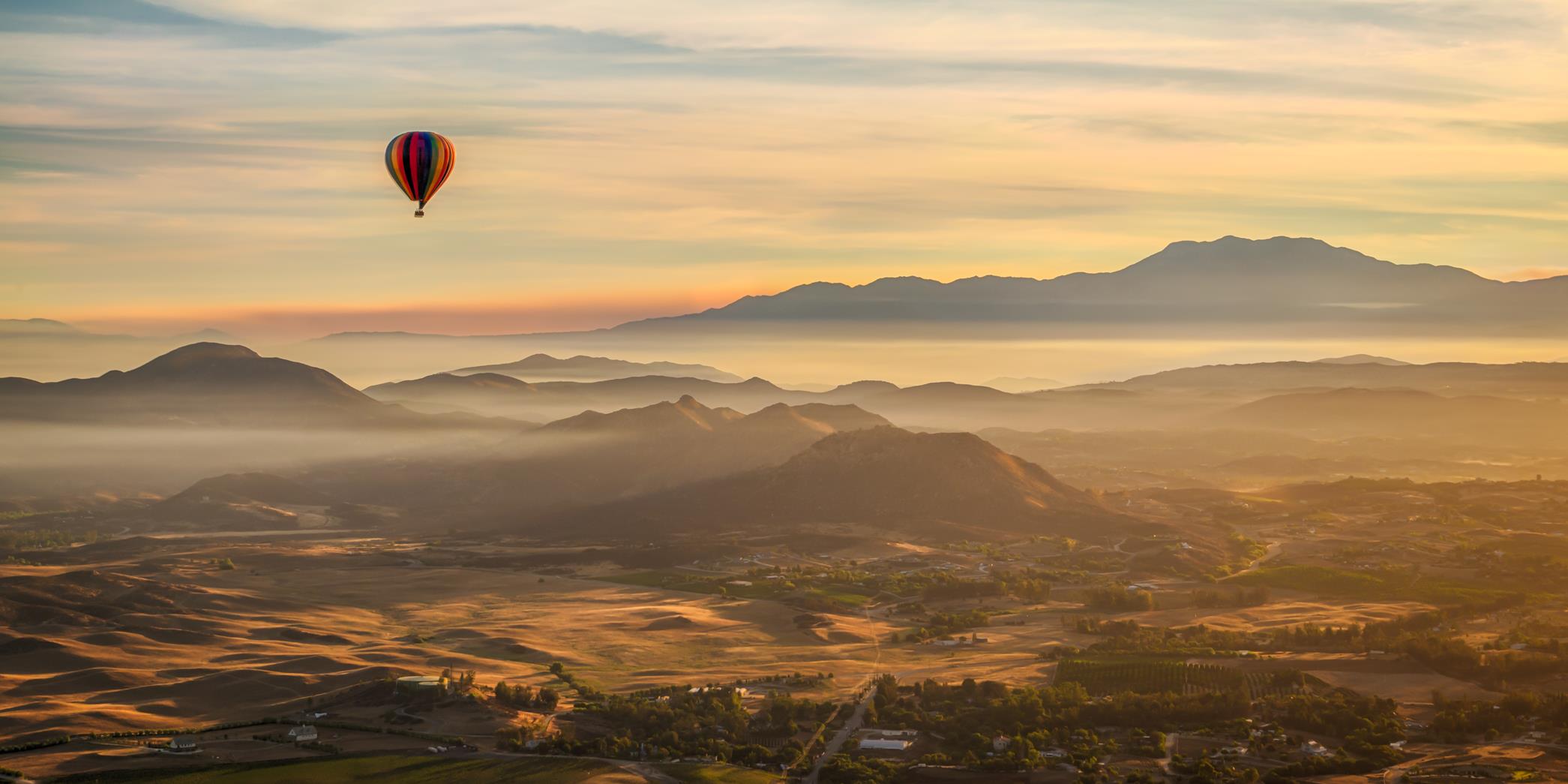
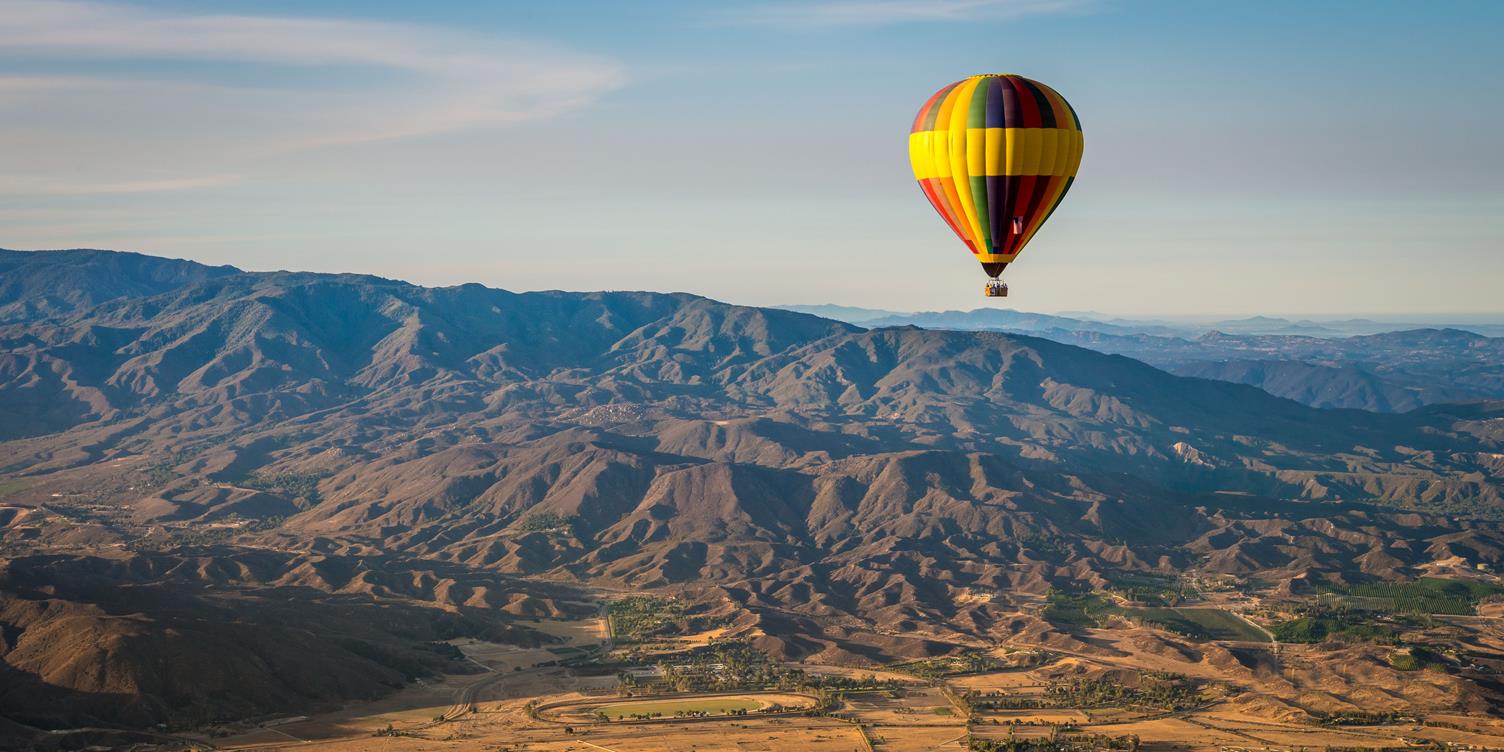 Maybe the most obvious shots from the ride will be the broad landscape shots from high in the sky. Make sure you get an outside position on the basket and of course have a wide angle lens available. For the series of shots that this image comes from, I was alternating between single frame exposures and bracketed shots for HDR processing, depending on the contrast level in the scene. The balloon is almost constantly slowly rotating and so at times you may be pointing almost directly into the sun with very high contrasts.
Maybe the most obvious shots from the ride will be the broad landscape shots from high in the sky. Make sure you get an outside position on the basket and of course have a wide angle lens available. For the series of shots that this image comes from, I was alternating between single frame exposures and bracketed shots for HDR processing, depending on the contrast level in the scene. The balloon is almost constantly slowly rotating and so at times you may be pointing almost directly into the sun with very high contrasts.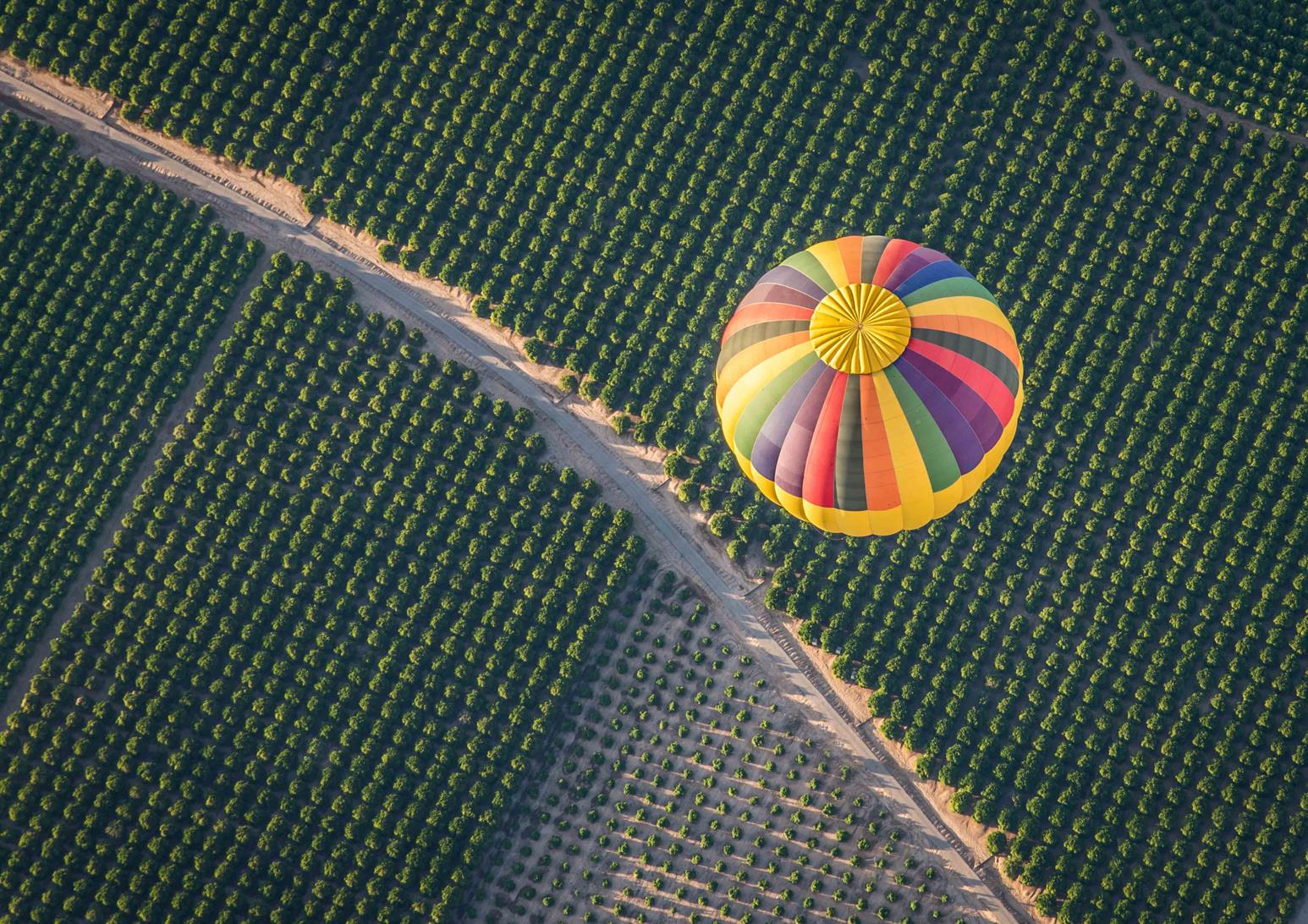 One final tip – don’t forget to take the camera away from your eye and just enjoy the awesome fact of floating across the countryside in the early dawn hours. It is magical and some of the time you need to just look around and experience it!
One final tip – don’t forget to take the camera away from your eye and just enjoy the awesome fact of floating across the countryside in the early dawn hours. It is magical and some of the time you need to just look around and experience it!